Brace Yourselves in Slavonia: Winter is Coming and Zimnica is Now
August 18, 2022 – Picture this. You live in Slavonia. You are 16, it is the height of summer, plans include swimming in the Danube all day and partying all night. Guess again. There’s more important business. It involves plums, apricots, tomatoes, peppers, maybe beetroots. And it’s not a very weird salad. You are now old enough to make your own zimnica.
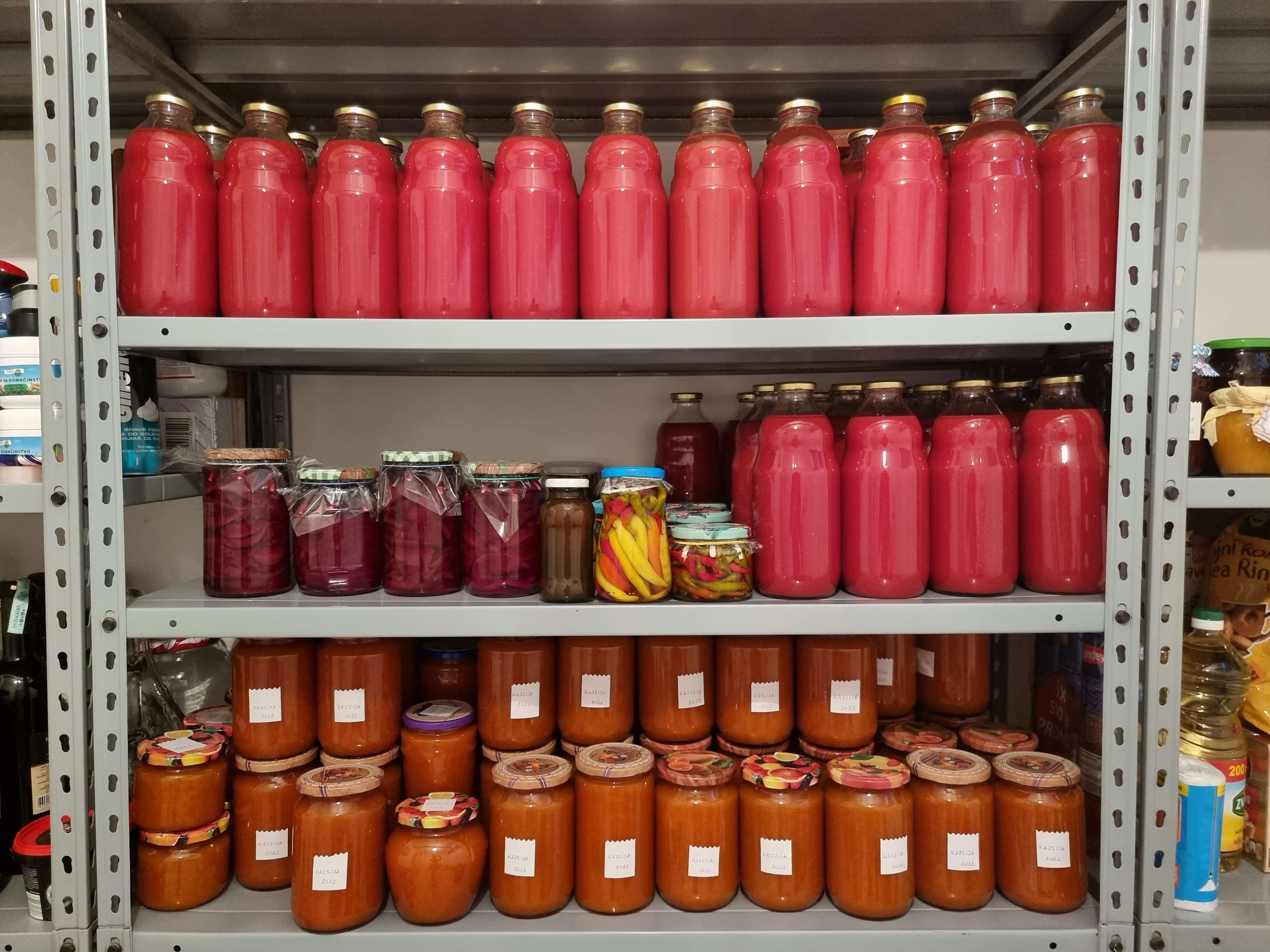
The winter staples - tomato passata, apricot and plum jam, pickled beetroots and peppers
While not a uniquely Slavonian event, zimnica, which is the Croatian word for anything that is kept specifically for the winter, plays an extremely important role in eastern Croatia. Preparing jars, bags, and dishes of fruits and vegetables for the winter is almost a form of art. Though things are different nowadays, winter in Slavonia used to be awfully long, cold, and dark, food was hard to come by, and it was of utmost importance to ensure that you preserved as much as you can. These days life is not as hard, and you can buy anything at any time, but the tradition does live on. Homegrown and homemade is always just so much better.
The preparations take place all summer long, as the fruits ripen, using various techniques. The most popular ones include pickling, jamming, and passing.
Pretty much any vegetable can be pickled using vinegar, salt, sugar, and water. The hierarchy of pickled vegetables is as follows:
1) Turšija is a mix of bell peppers, cauliflower, carrots, onions, and cucumbers, all pickled together in a plastic barrel. It takes top tier and gets served almost daily with all kinds of stews, meats, and even sandwiches, the adventure is in you.
1) Cabbage takes the same tier as turšija because it’s used to make a dish called sarma, which is the number one winter dish. It is almost mandatory to develop a love-hate relationship with it based on how often it’s made in Slavonian households.
2) Beetroots taste slightly sweeter, very red, never eaten while wearing white. Never frowned upon.
3) Solo whole bell peppers – neutral good, few hate them, few love them. Eaten if served, rarely an object of fear of missing out.
4) Other – like solo pickles, usually fetched when you run out of the good stuff.
5) Green tomatoes – now, that’s simply weird.

Just like any vegetable can be pickled, any fruit can be made into jam or rakija. Rare are jobs that are as annoying as picking up plums, apricots, peaches, pears, or apples from the ground and separating them into three buckets: good for jam, good for rakija, and good for nothing. The latter is usually completely rotten fruit, which is the most fun to pick up, and that bucket is taken to the back to be composted. The rakija bucket is dumped into a big barrel where the fruit is left to ferment, later distilled, and poured into the nicest bottles to be served on every occasion. Finally, the good fruit is eaten or used in cakes, but more importantly, jammed. There are a few different recipes for jam, depending on the fruit. The ubiquitous plum is treated as the queen and can be found in cakes, tašci, knedle, crepes, and on the breakfast table daily. Try the simple trick of cooking a large clay dish full of pitted plums with some sugar in the oven for a few hours and thank us later.
Now, you might wonder why one would go out and buy 250 kilograms of tomatoes on a Wednesday morning. Because that is market day, and the tomatoes went for a good price. And the ones from your garden were part of one too many salads. One of the most important ingredients of Slavonian cuisine is tomato sauce. Sunday lunch is unimaginable without a good broth, followed by the meat that was cooked in it served with some of the red velvety goodness. Tomato soup cures colds, cases of flu, and an array of other illnesses. It also makes for an incredibly easy and delicious dinner.
The process of preparing passata for the winter has a few steps. First, invite friends and family to help. This is a group job. Second, make sure that you’ve got some tools like a tomato press with a questionable origin, which you might or might not remember buying some 25 years ago. Even better if it’s your mother’s. Third, have some coffee. Fourth and final, work for 12 hours straight washing your tomatoes, cutting them, boiling, pressing, boiling again, bottling, and tucking for a cozy rest of 36-48 hours. Now you can rest easy knowing that you can store your 60 litres per household, getting through another long frosty winter in Slavonia.

Step no. 4
Traditional jam and tomato sauce are used in restaurants all over Slavonia and Baranja, where you can also try some of the dishes mentioned in the article, like tašci, sarma, and tomato soup. And that is just scratching the surface. Why aren’t you here?
How good is your knowledge of eastern Croatia anyway? Take the CROMADS test above - how many places do you recognise?
For more, make sure to check out our dedicated Lifestyle section.
PHOTOS: Snowy Riversides and Magical Mountains of Croatia in January 2022
January 28, 2022 – The snowy riversides and magical mountains of Croatia in January 2022 show a spectacular and all-natural winter wonderland.
Snow finally stuck to the streets of central Zagreb for a couple of days this week. Early morning temperatures dropped to the lowest yet of this winter. Despite the chill, clear skies and sunshine days were enough to see the snow soon melt away.
But, far from the city, the snowy riversides and magical mountains of Croatia in January 2022 have kept their white blanket for longer. These all-natural landscapes look epic after the snowfall. For winter walkers and climbers – or even just lovers of photography – these images are way more spectacular than the bright lights and theatre of the Advent season.
Let's take a closer look at the winter wonderland of snowy riversides and magical mountains of Croatia in January 2022.
Gorski Kotar
Delnice, Lokve, Fužine, Stara Sušica, Ravna Gora
 © Turistička zajednica Gorskog kotara
© Turistička zajednica Gorskog kotara
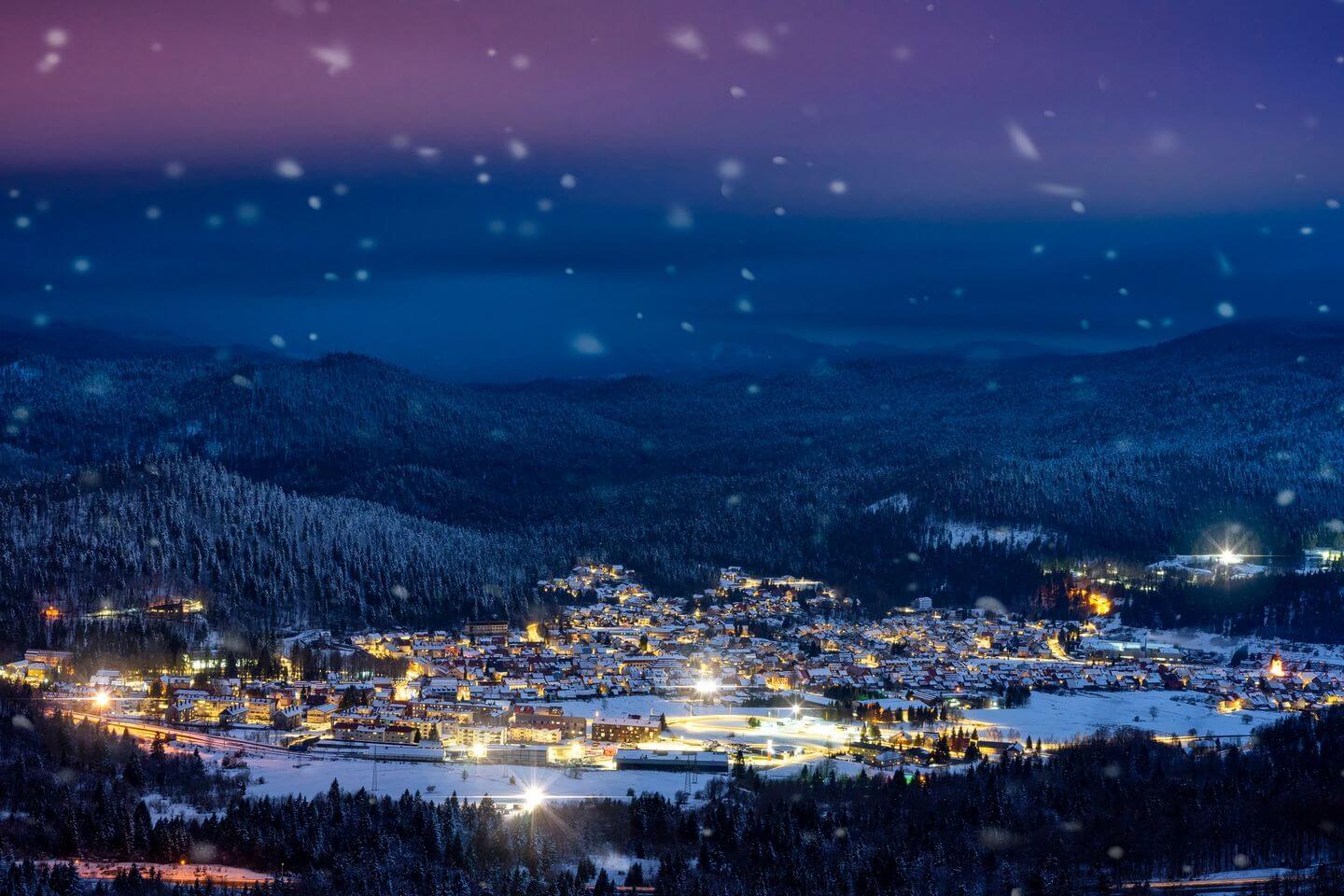 © Turistička zajednica Gorskog kotara
© Turistička zajednica Gorskog kotara
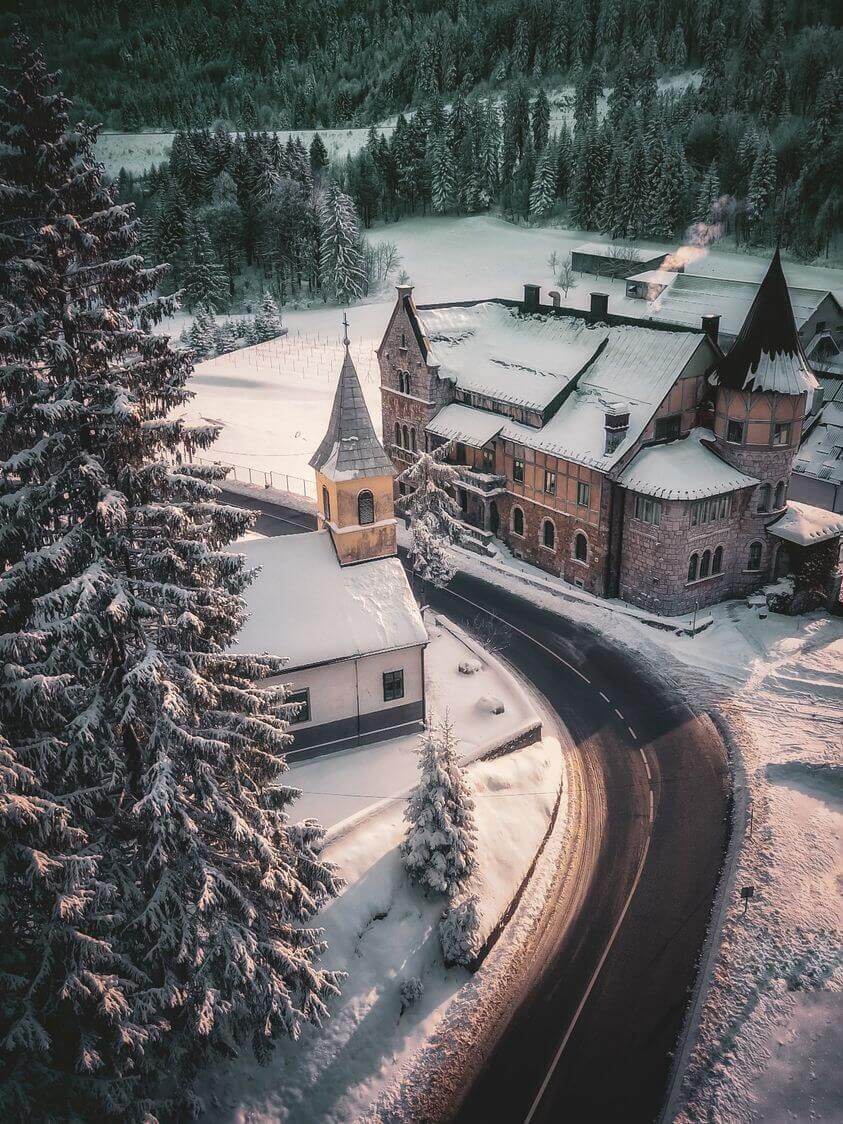 From above, Dvorac Stara Sušica © Vladimir Franolić
From above, Dvorac Stara Sušica © Vladimir Franolić
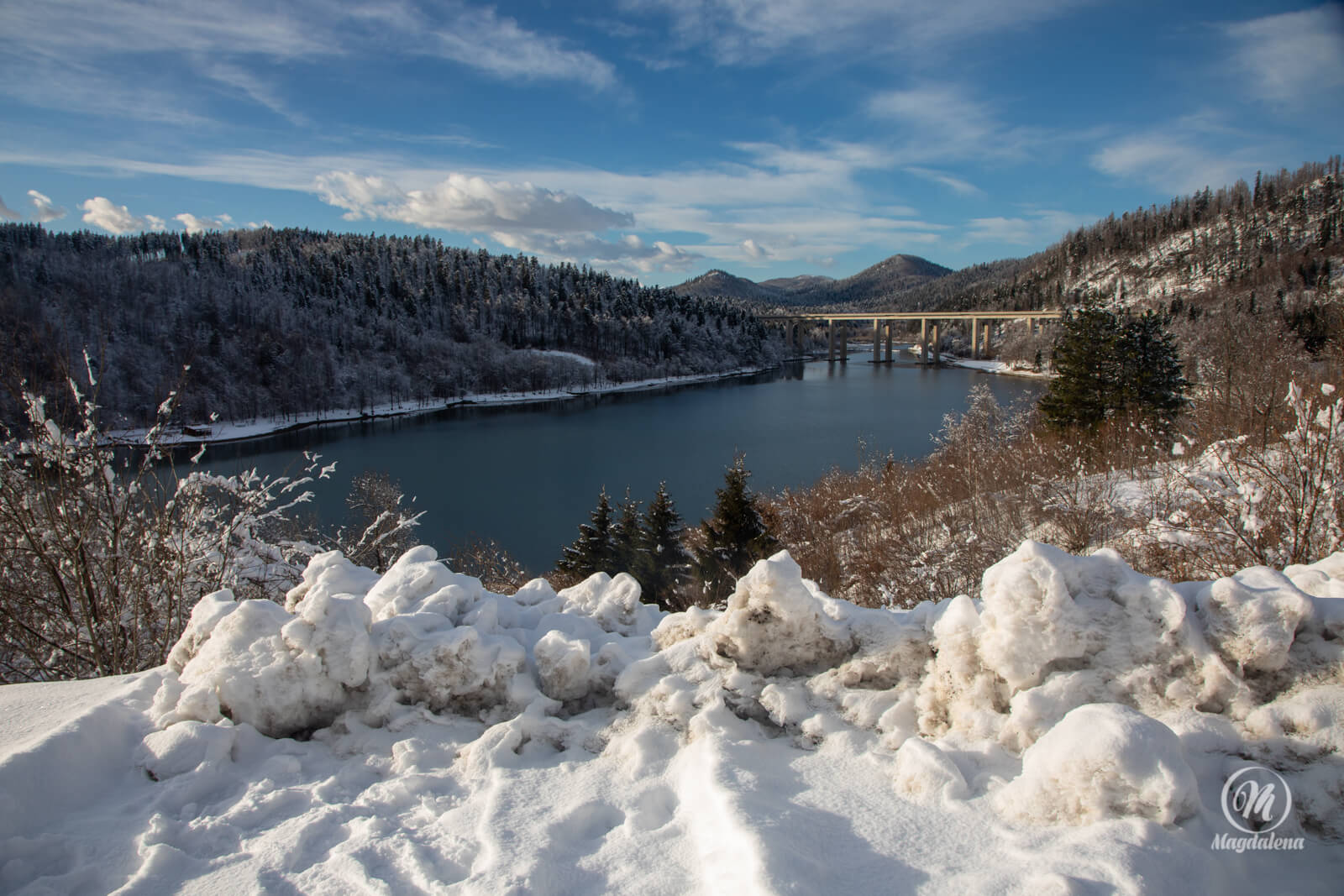 © Branko Lautar & Višnja Bolf
© Branko Lautar & Višnja Bolf
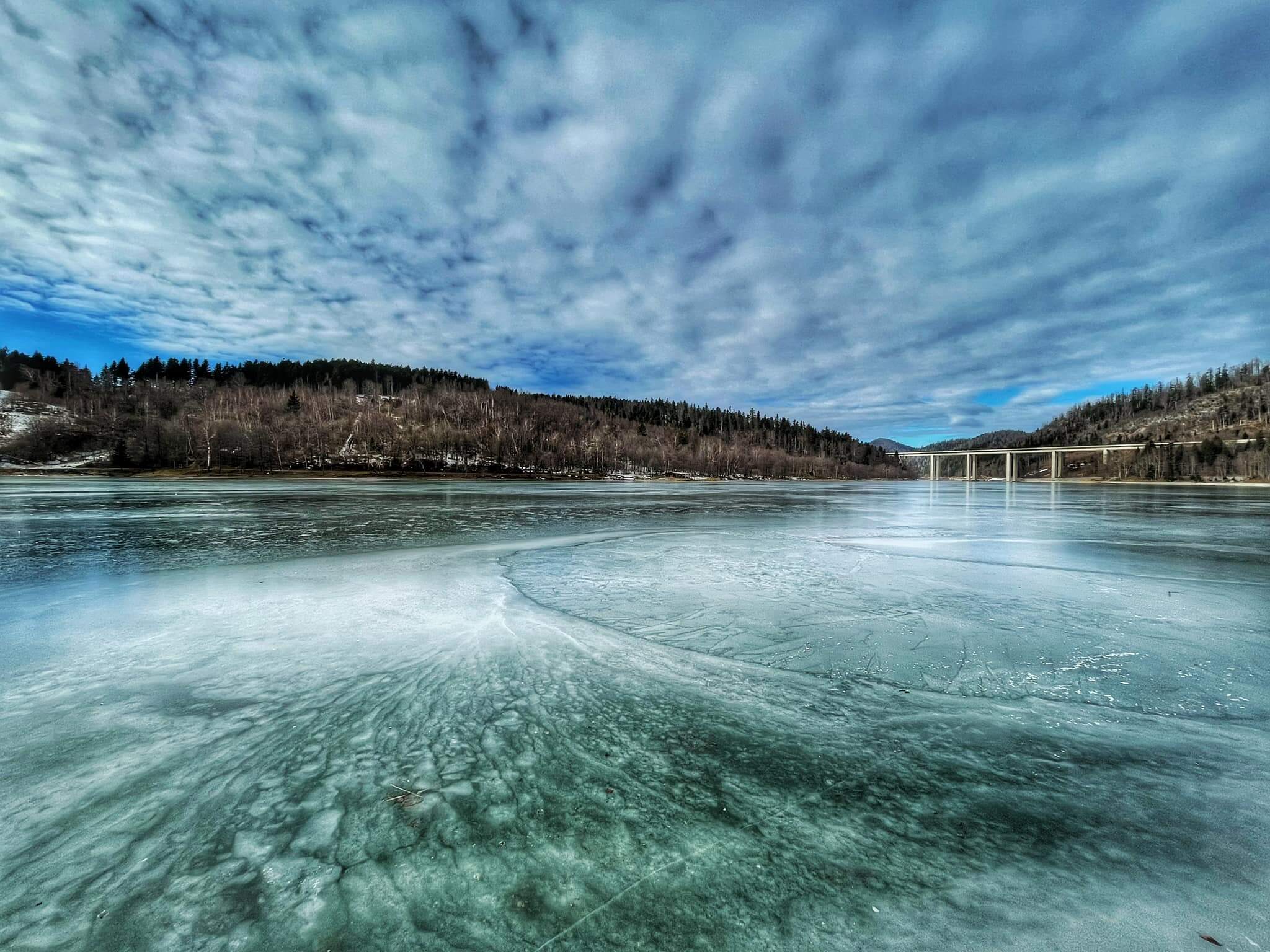 Jezero Bajer near Fužine © Marino Kirinčić
Jezero Bajer near Fužine © Marino Kirinčić
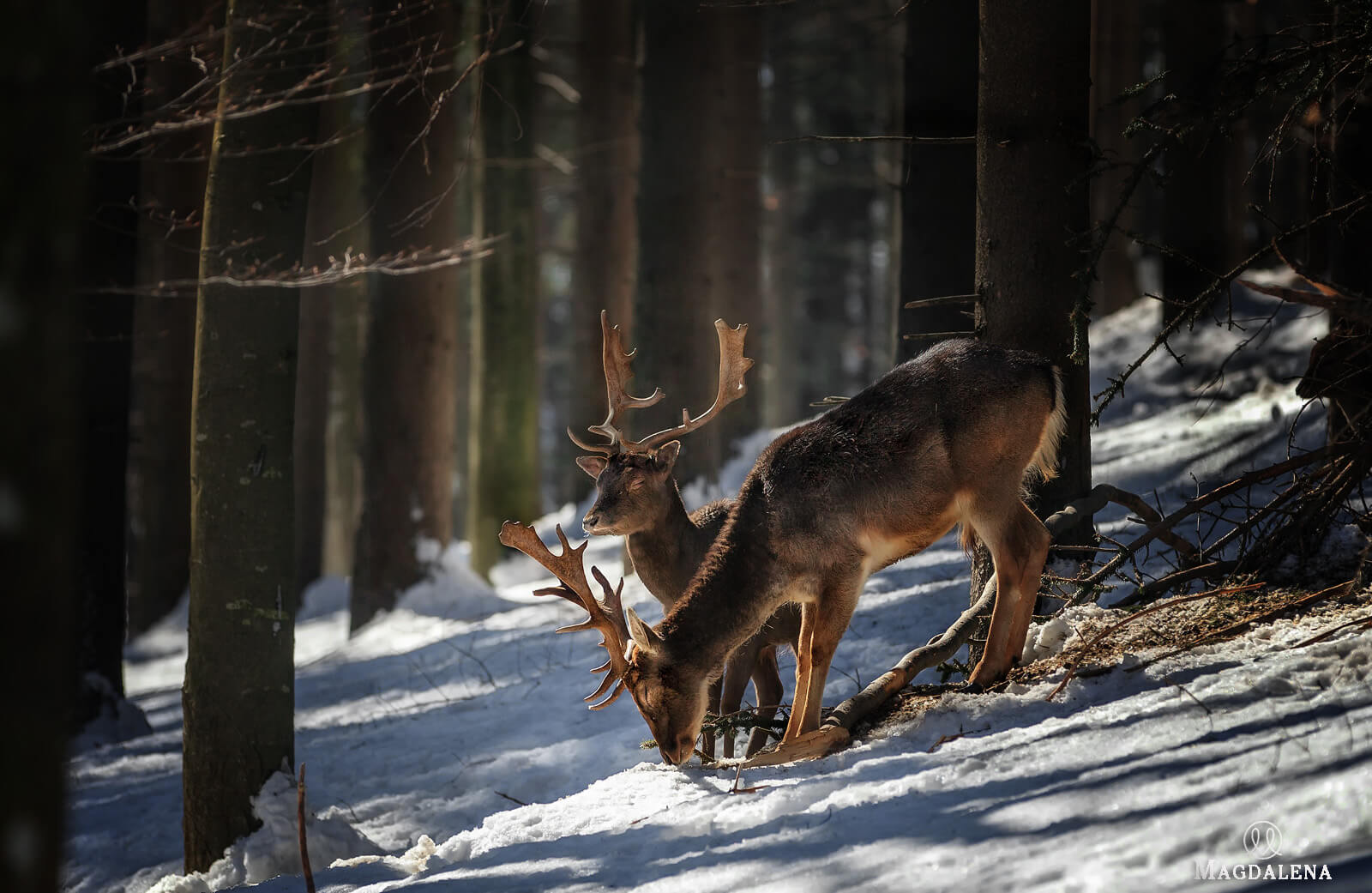 © Branko Lautar & Višnja Bolf
© Branko Lautar & Višnja Bolf
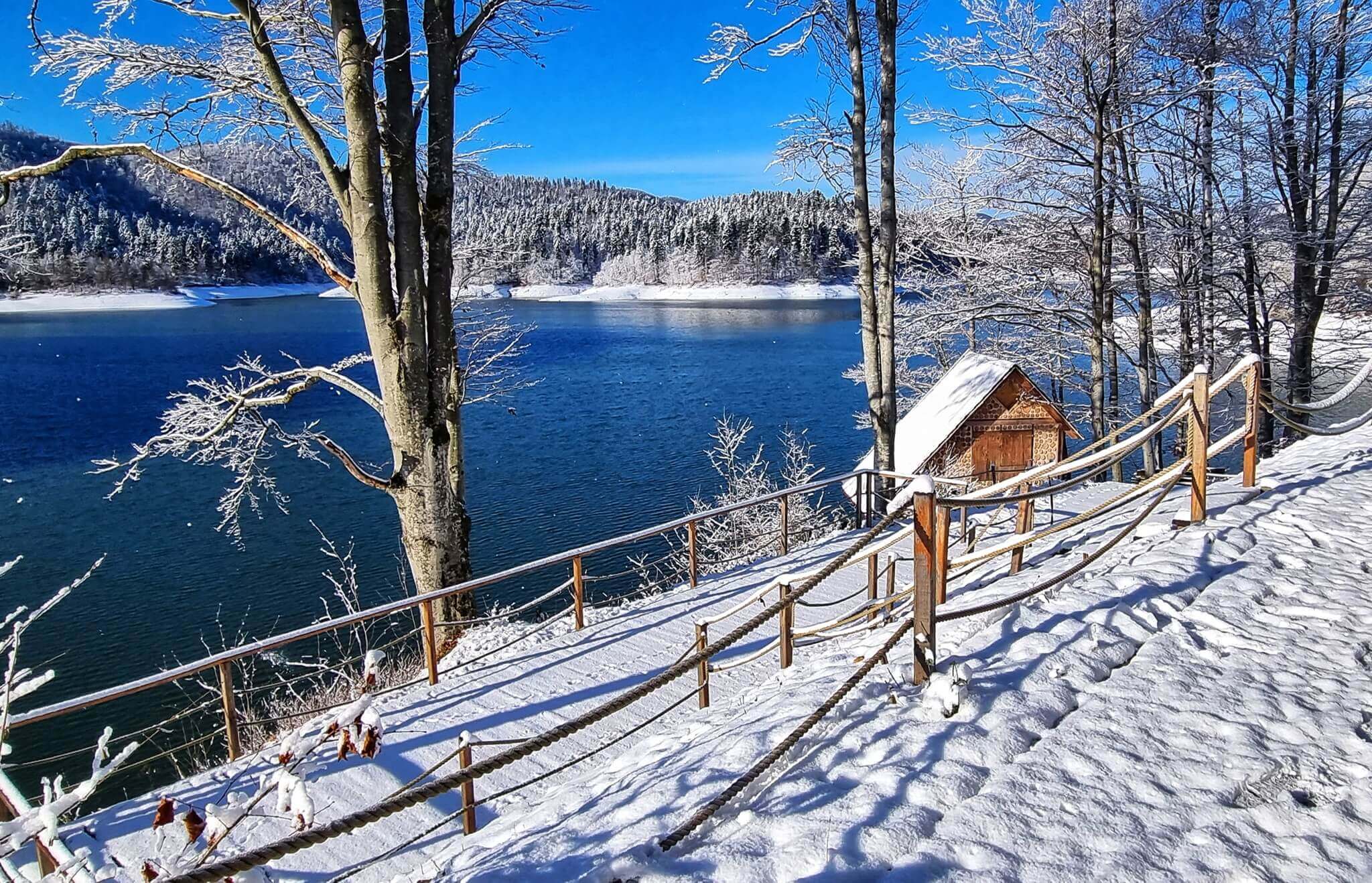 © Turistička zajednica Gorskog kotara
© Turistička zajednica Gorskog kotara
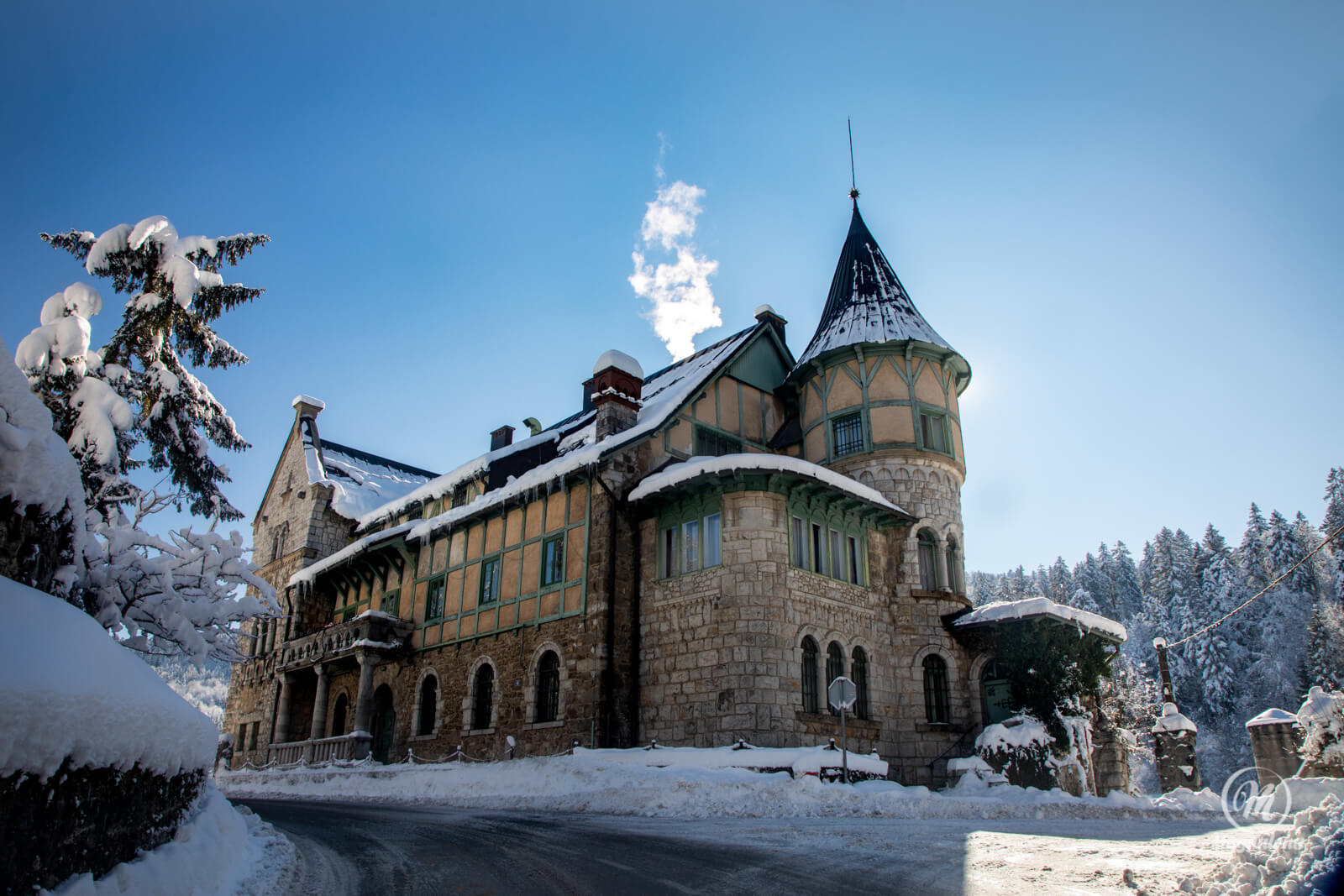 Another view of Dvorac Stara Sušica © Branko Lautar & Višnja Bolf
Another view of Dvorac Stara Sušica © Branko Lautar & Višnja Bolf
Risnjak National Park and Snježnik Hrvatski
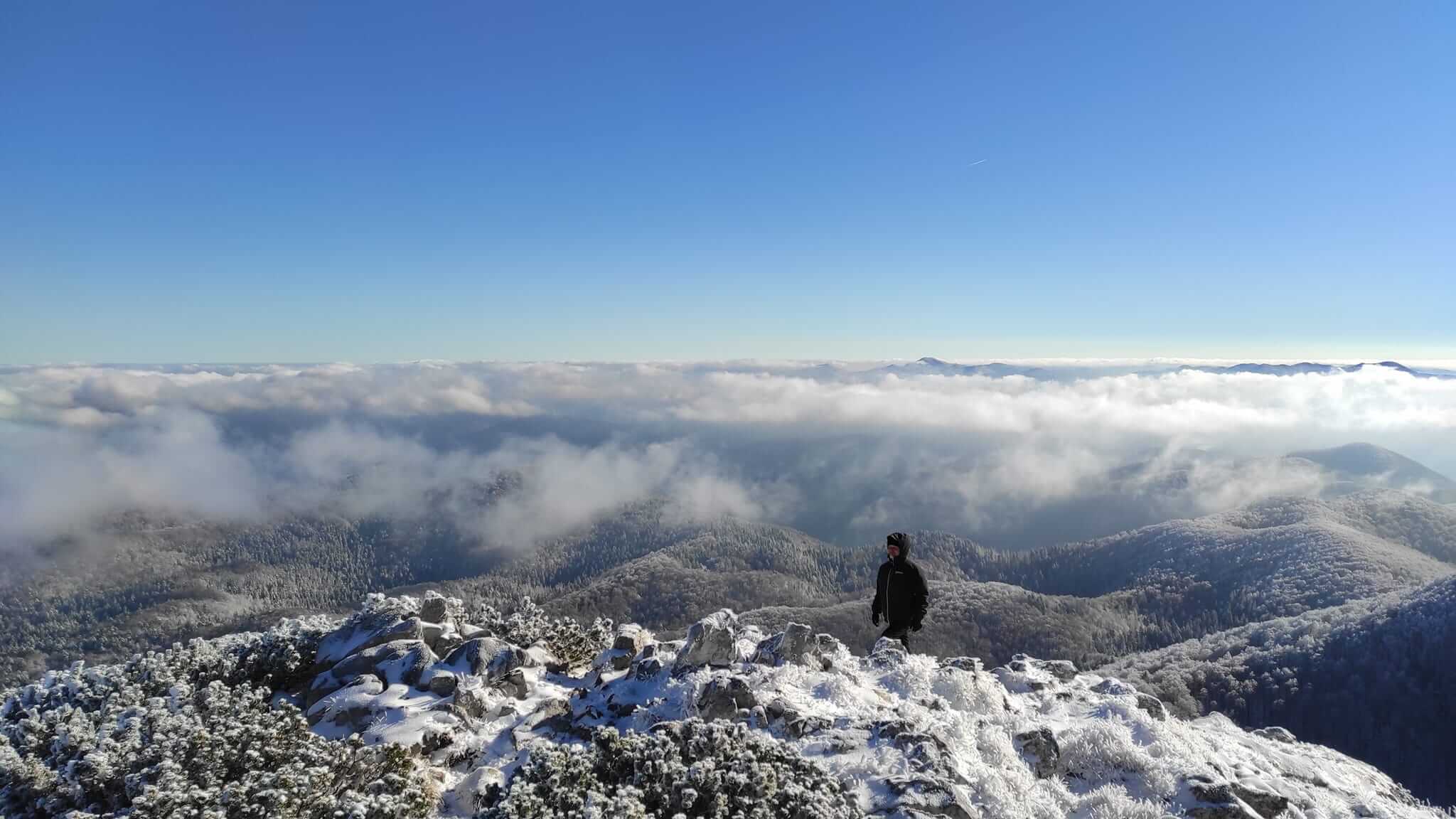 © Risnjak National Park
© Risnjak National Park
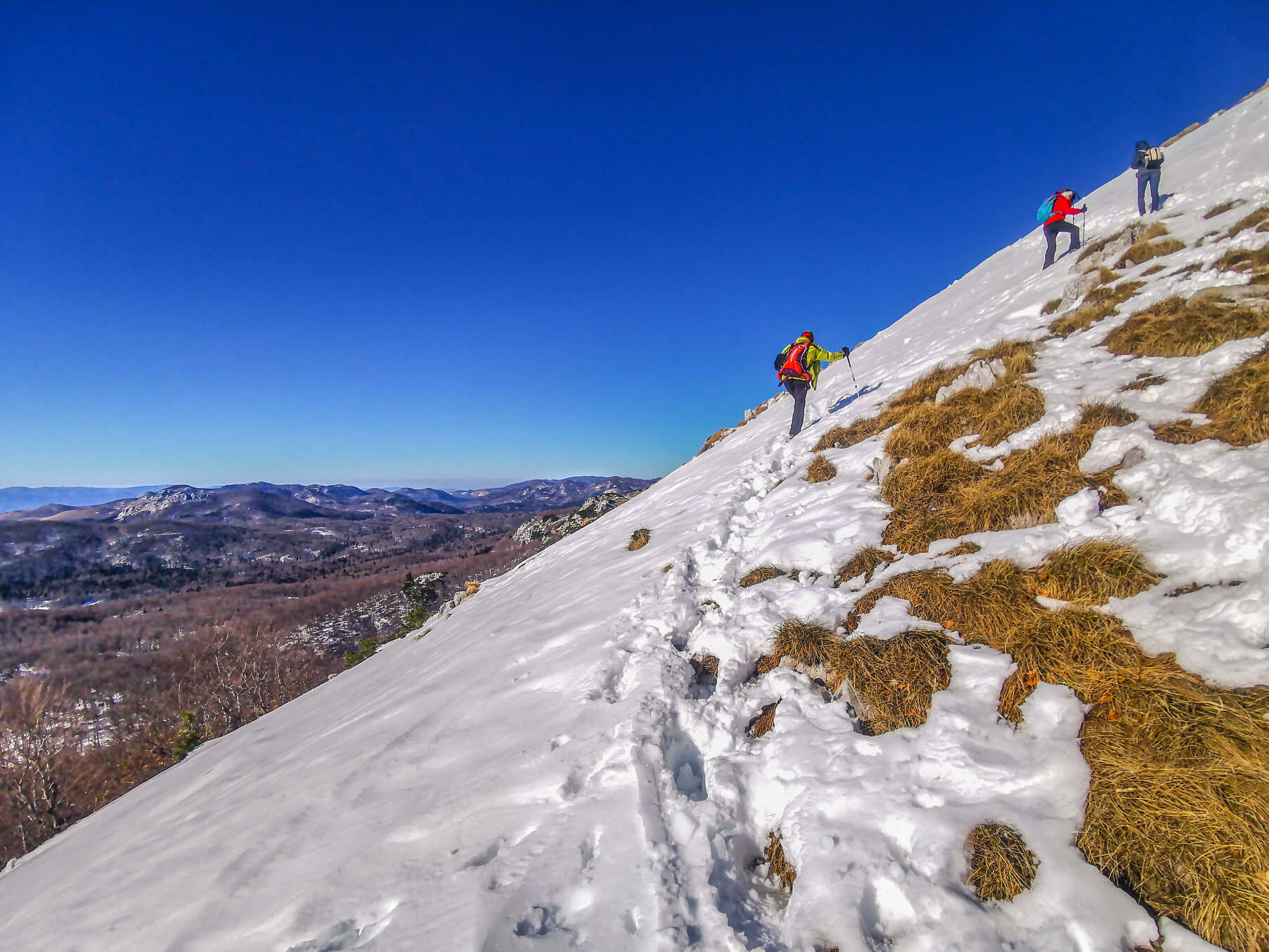 Snježnik hrvatski © Ivan Ćuća-Žentil
Snježnik hrvatski © Ivan Ćuća-Žentil
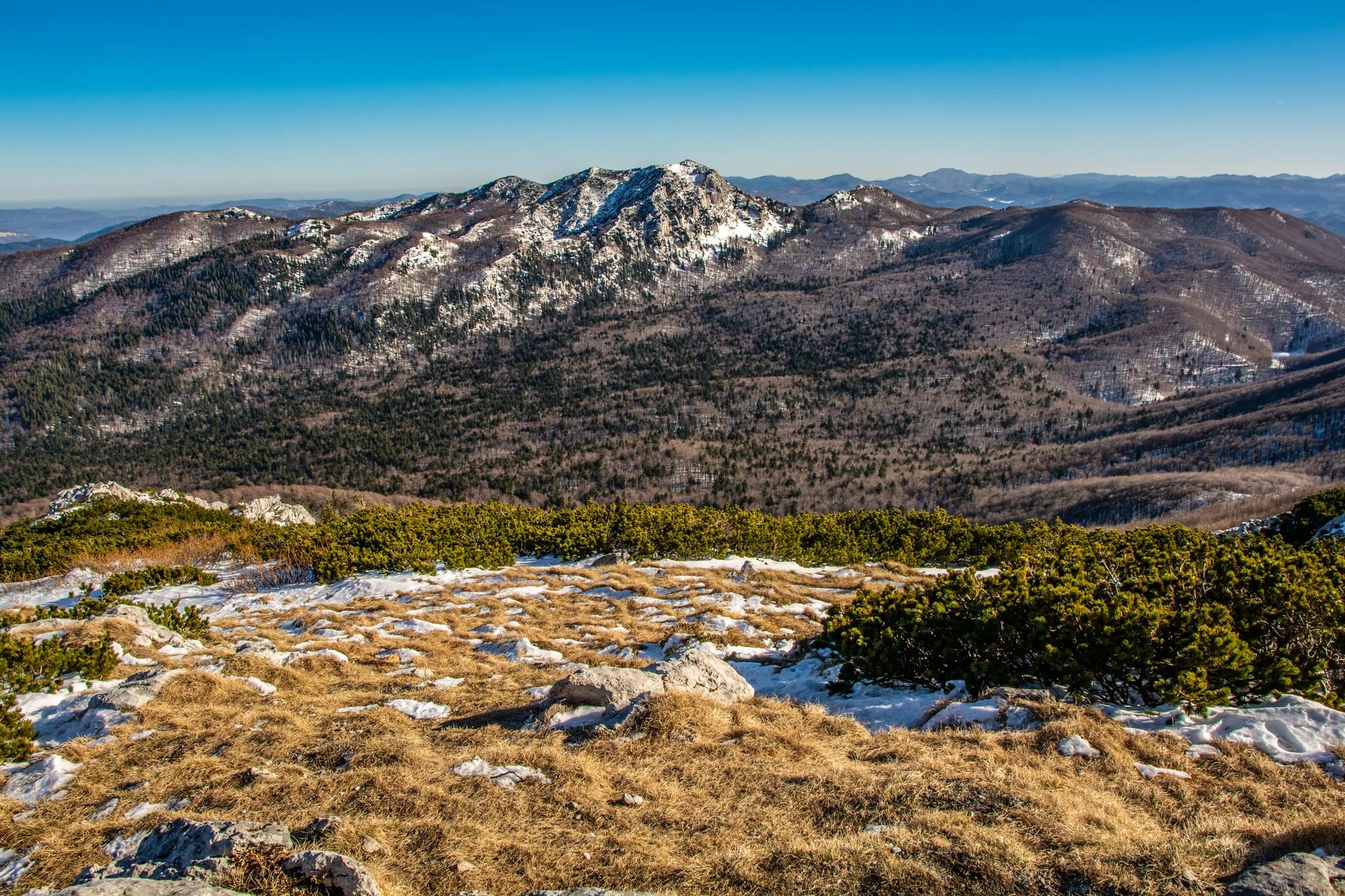 Snježnik hrvatski © Ivan Ćuća-Žentil
Snježnik hrvatski © Ivan Ćuća-Žentil
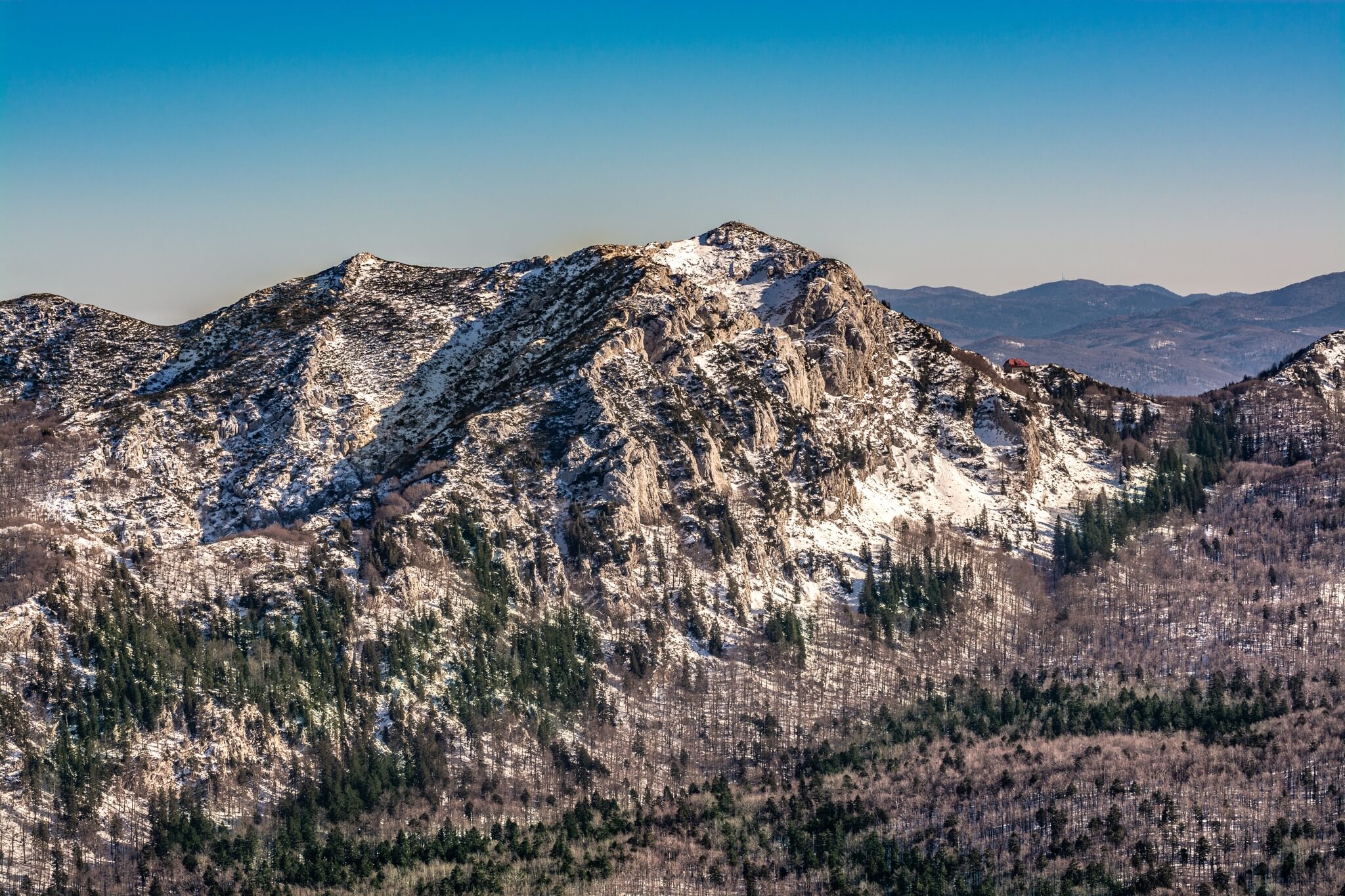 Snježnik hrvatski © Ivan Ćuća-Žentil
Snježnik hrvatski © Ivan Ćuća-Žentil
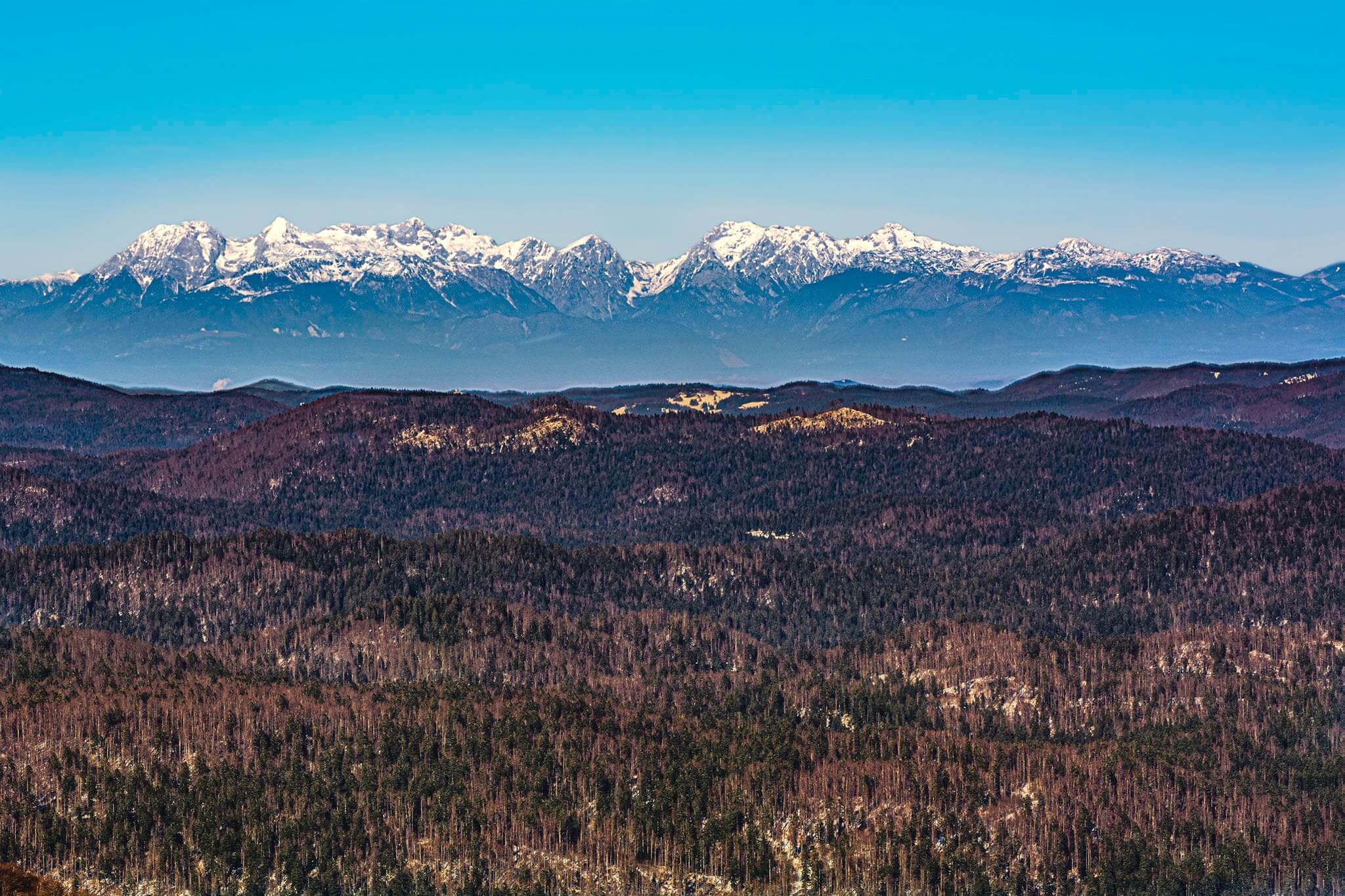 Snježnik hrvatski © Ivan Ćuća-Žentil
Snježnik hrvatski © Ivan Ćuća-Žentil
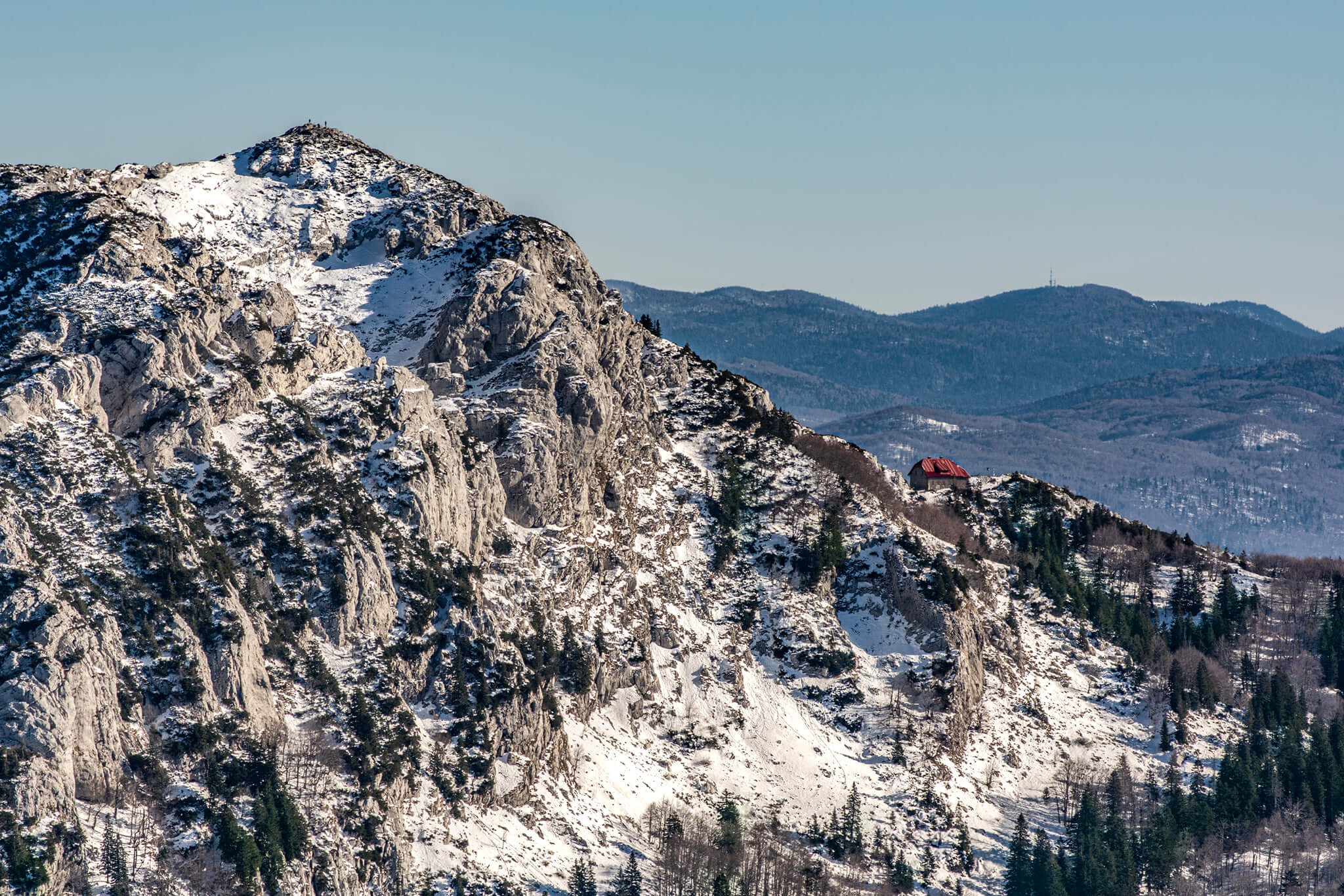 Snježnik hrvatski © Ivan Ćuća-Žentil
Snježnik hrvatski © Ivan Ćuća-Žentil
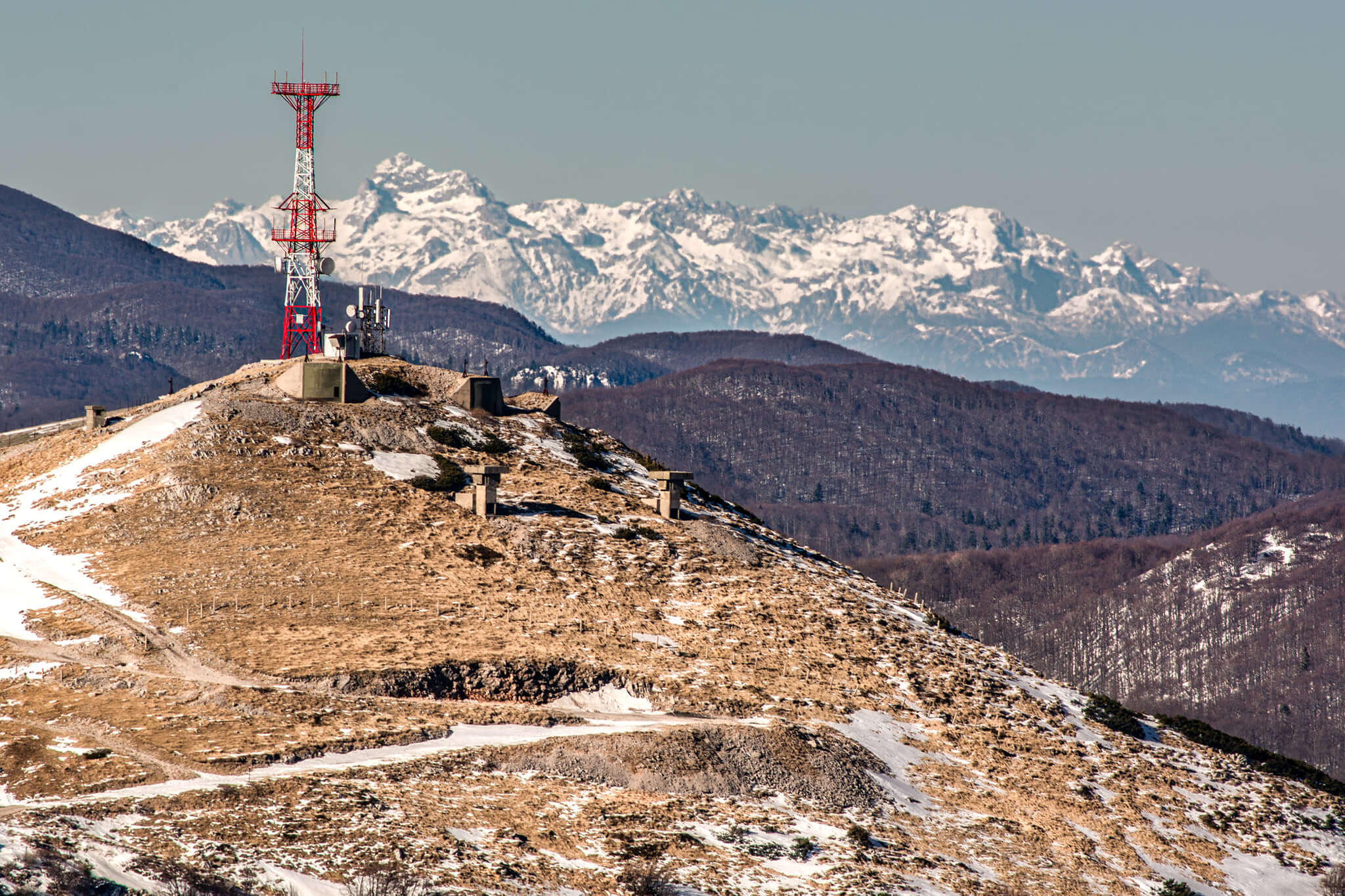 Snježnik hrvatski © Ivan Ćuća-Žentil
Snježnik hrvatski © Ivan Ćuća-Žentil
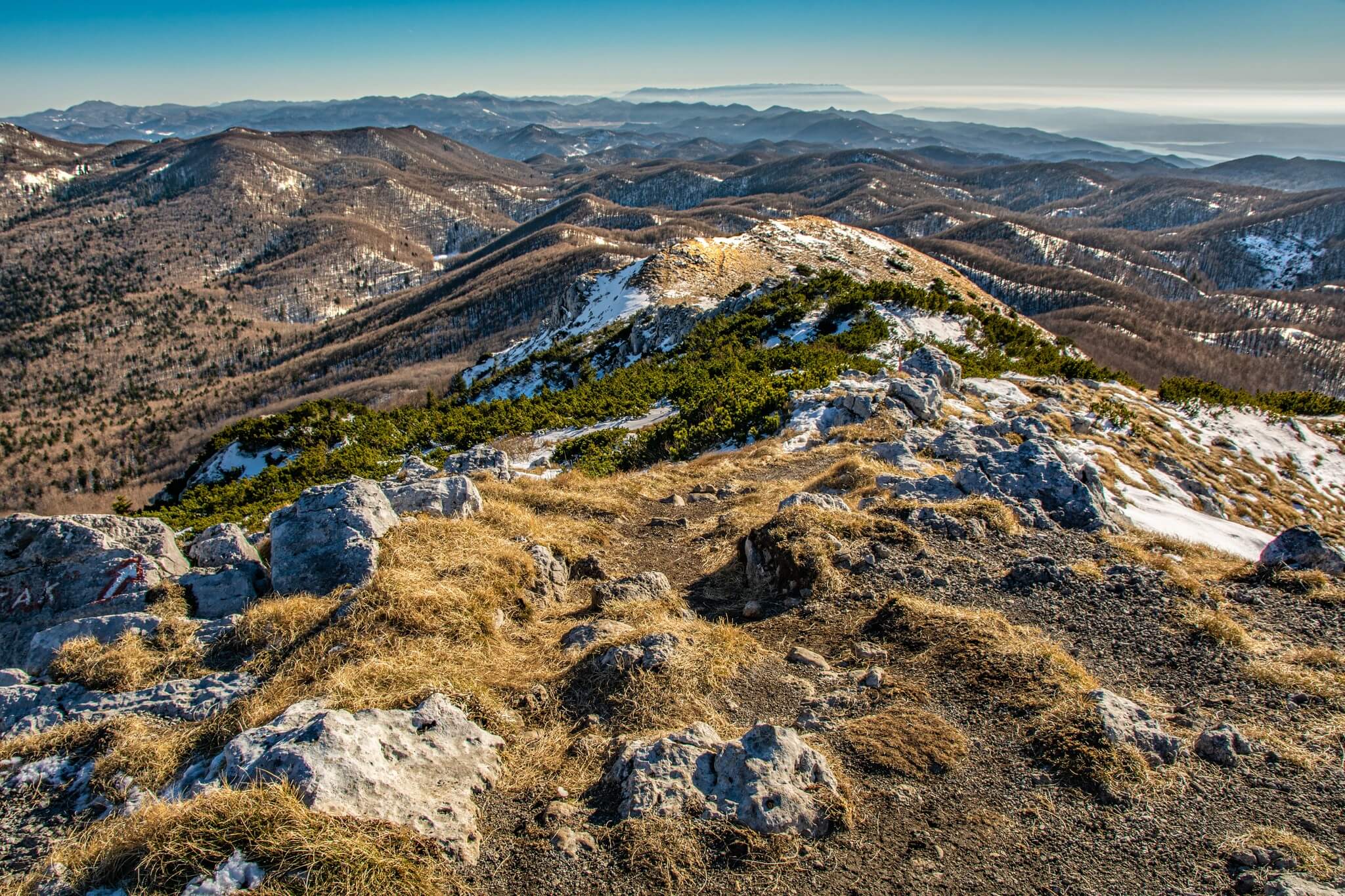 Snježnik hrvatski © Ivan Ćuća-Žentil
Snježnik hrvatski © Ivan Ćuća-Žentil
For more about Risnjak National Park, look here
Velebit
Northern Velebit National Park
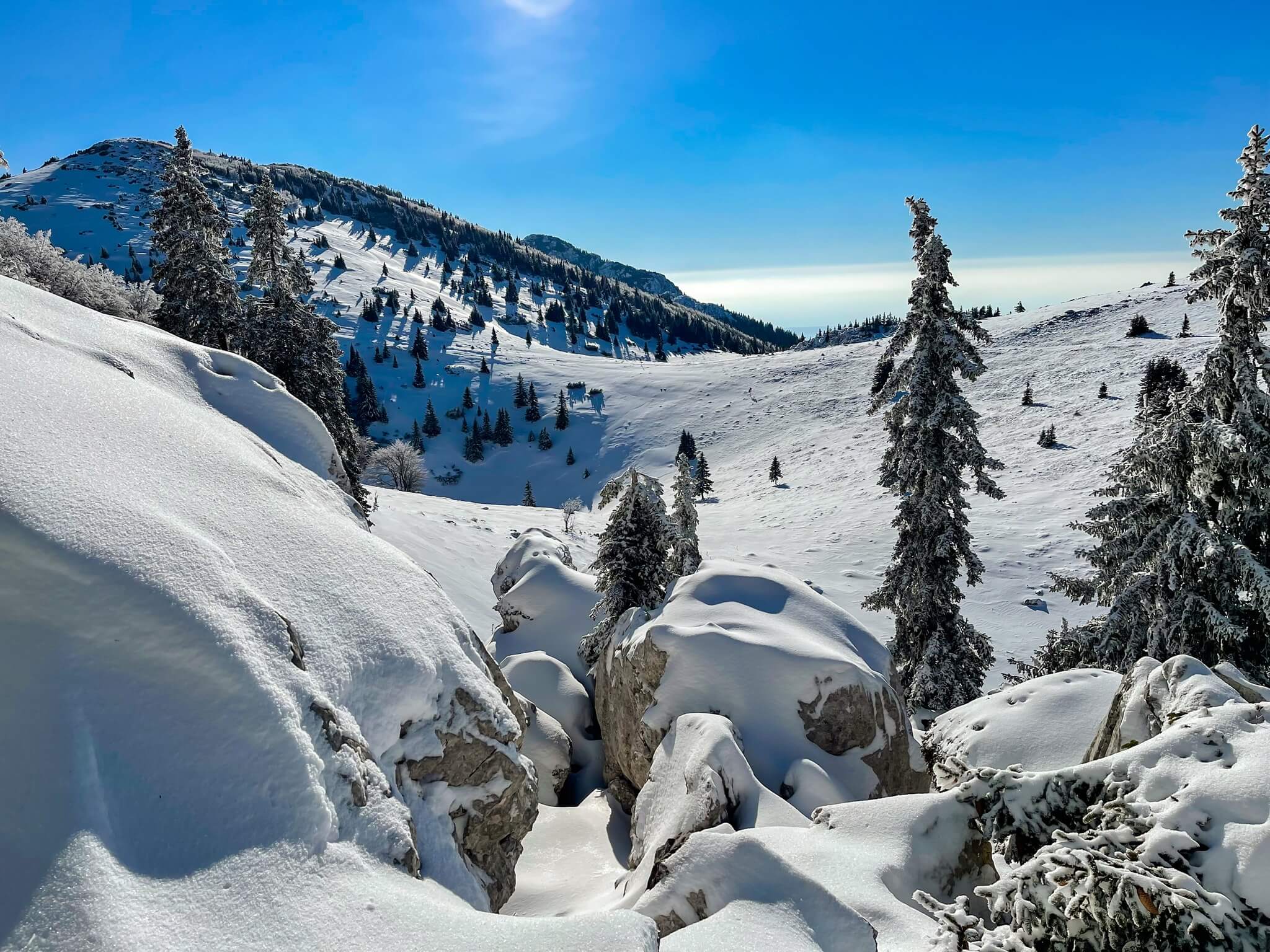 © Dejan Delač
© Dejan Delač
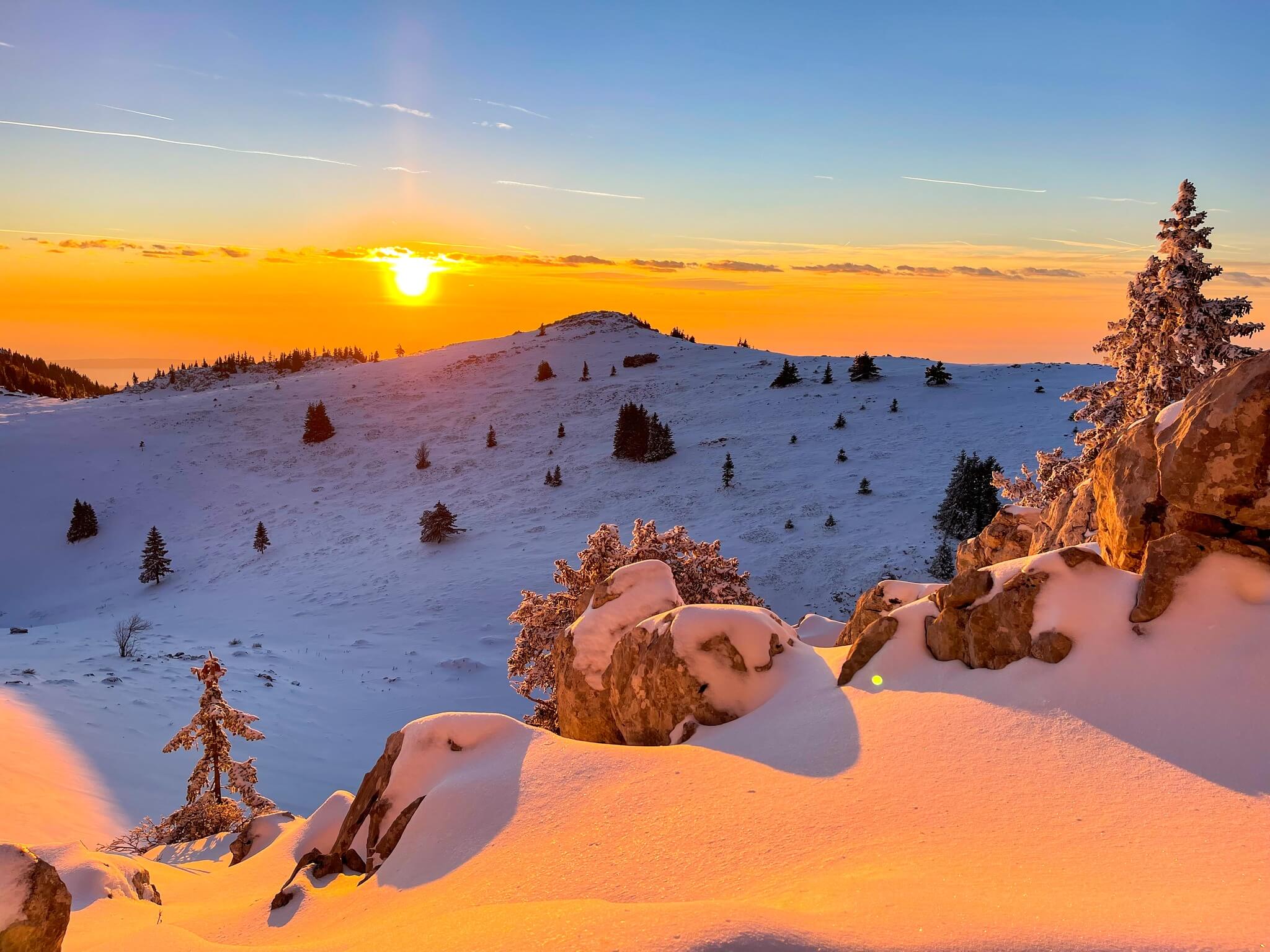 © Dejan Delač
© Dejan Delač
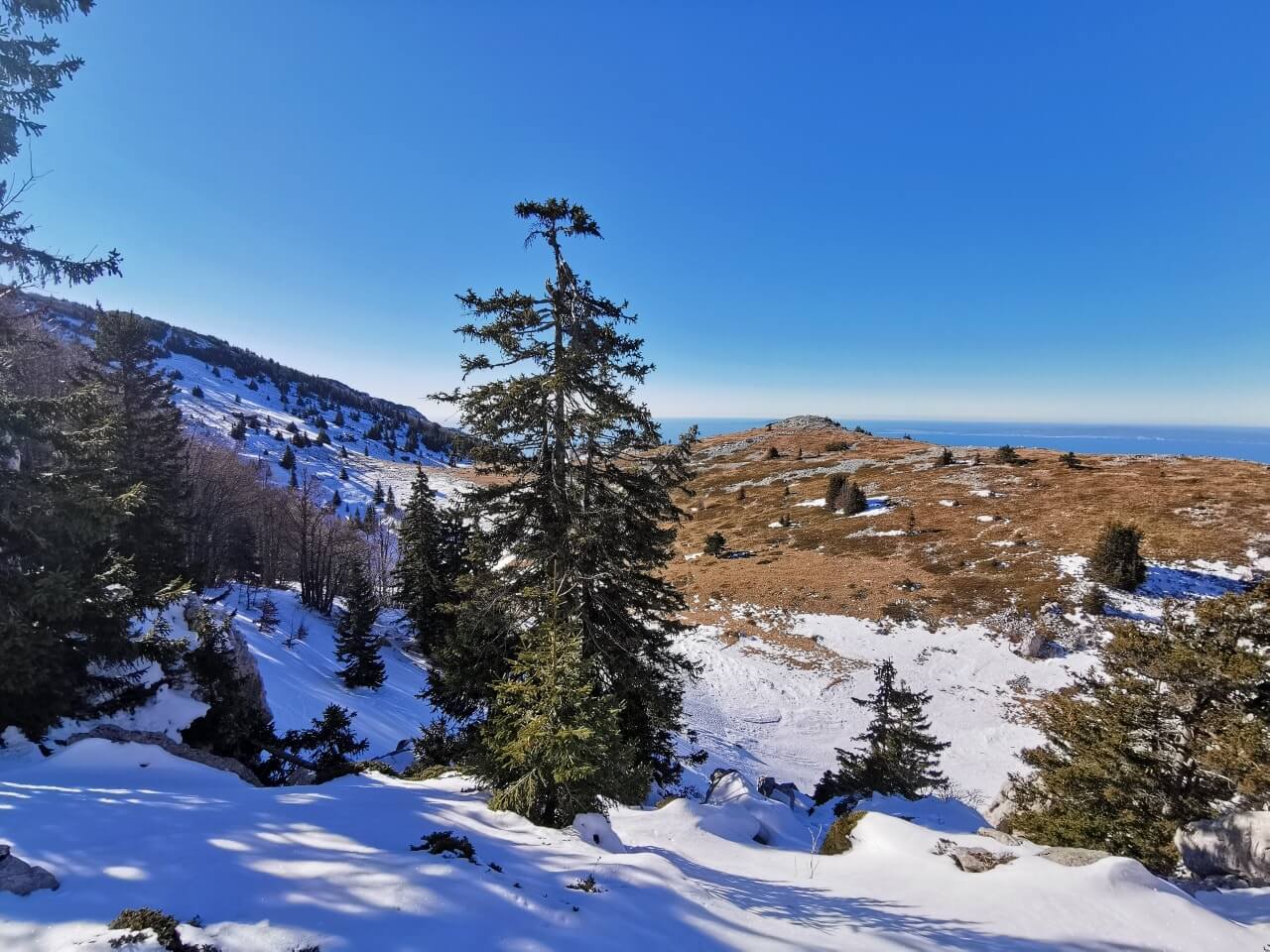 © Vedran Katalinić
© Vedran Katalinić
For more about Northern Velebit National Park, look here
Velebit Nature Park
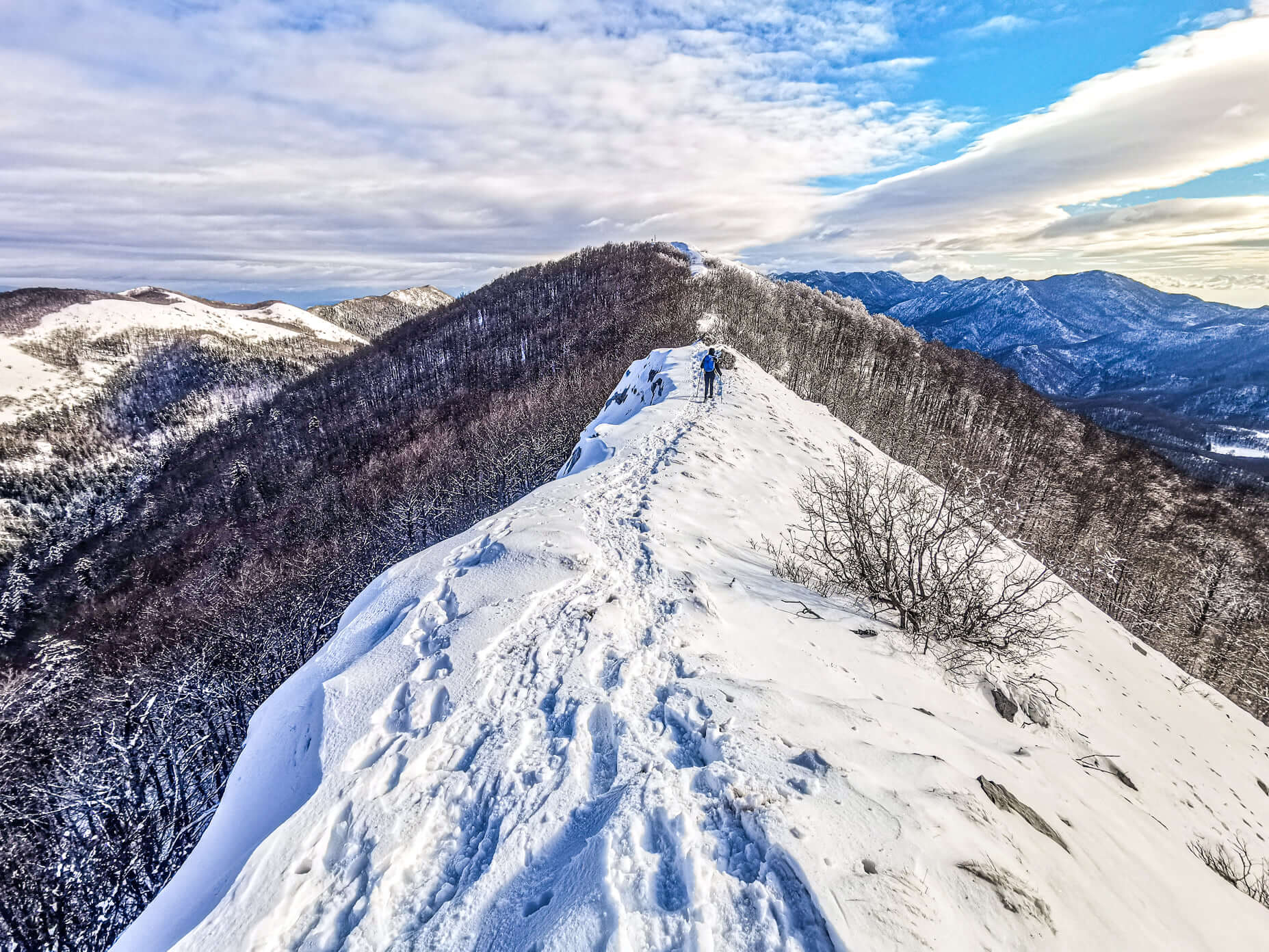 Ljubičko Brdo © Ivan Ćuća-Žentil
Ljubičko Brdo © Ivan Ćuća-Žentil
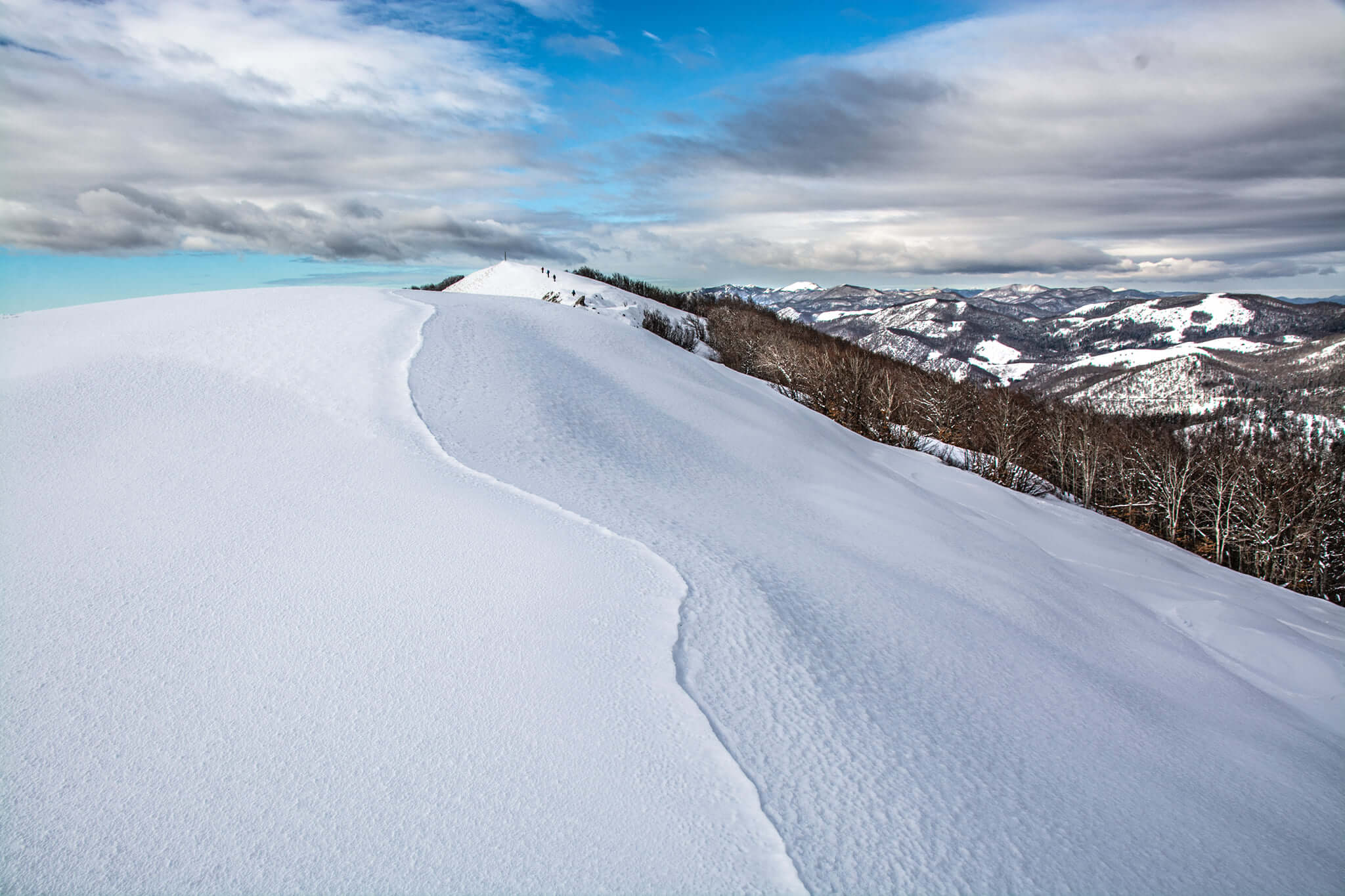 Ljubičko Brdo © Ivan Ćuća-Žentil
Ljubičko Brdo © Ivan Ćuća-Žentil
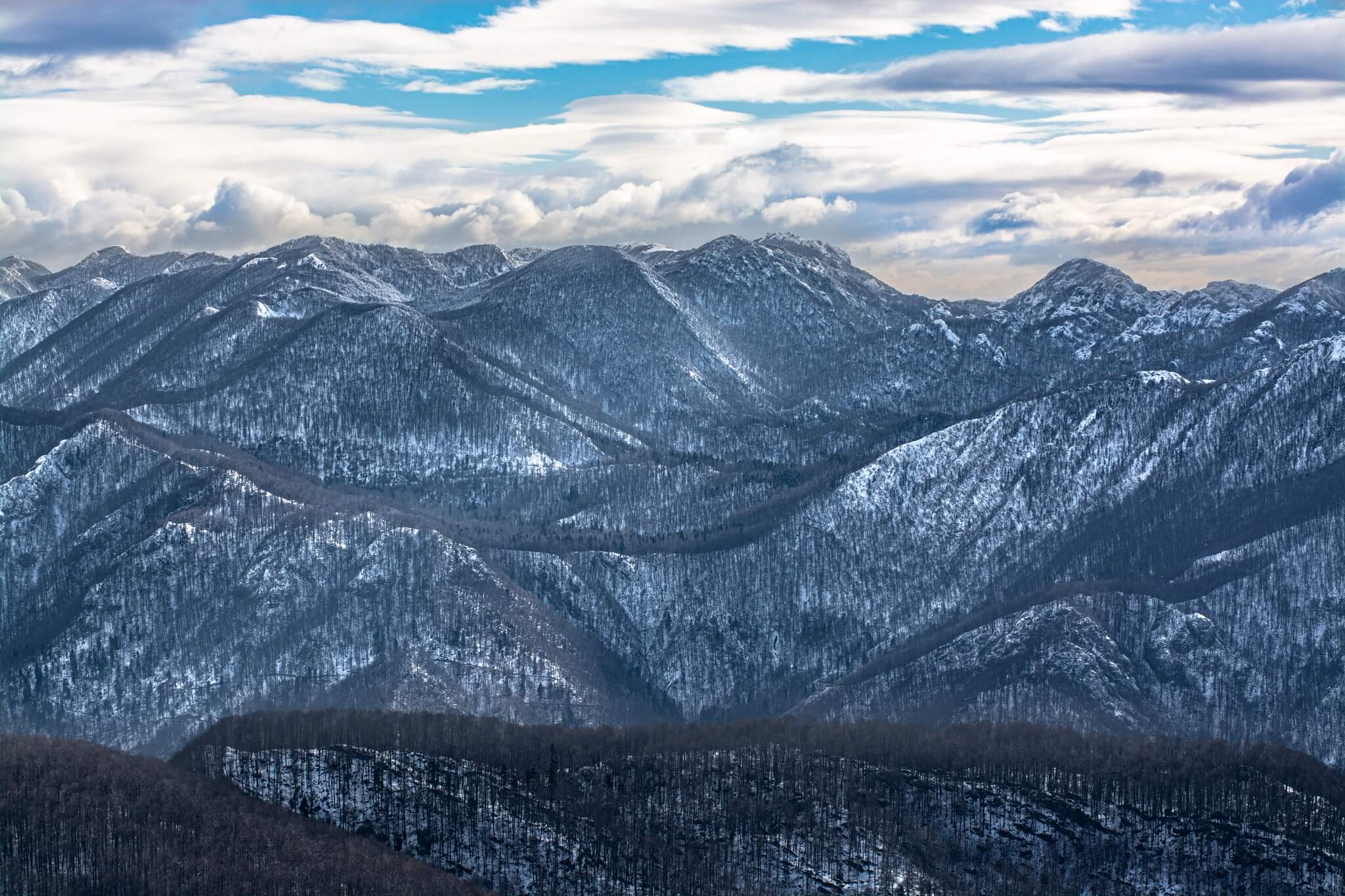 Ljubičko Brdo © Ivan Ćuća-Žentil
Ljubičko Brdo © Ivan Ćuća-Žentil
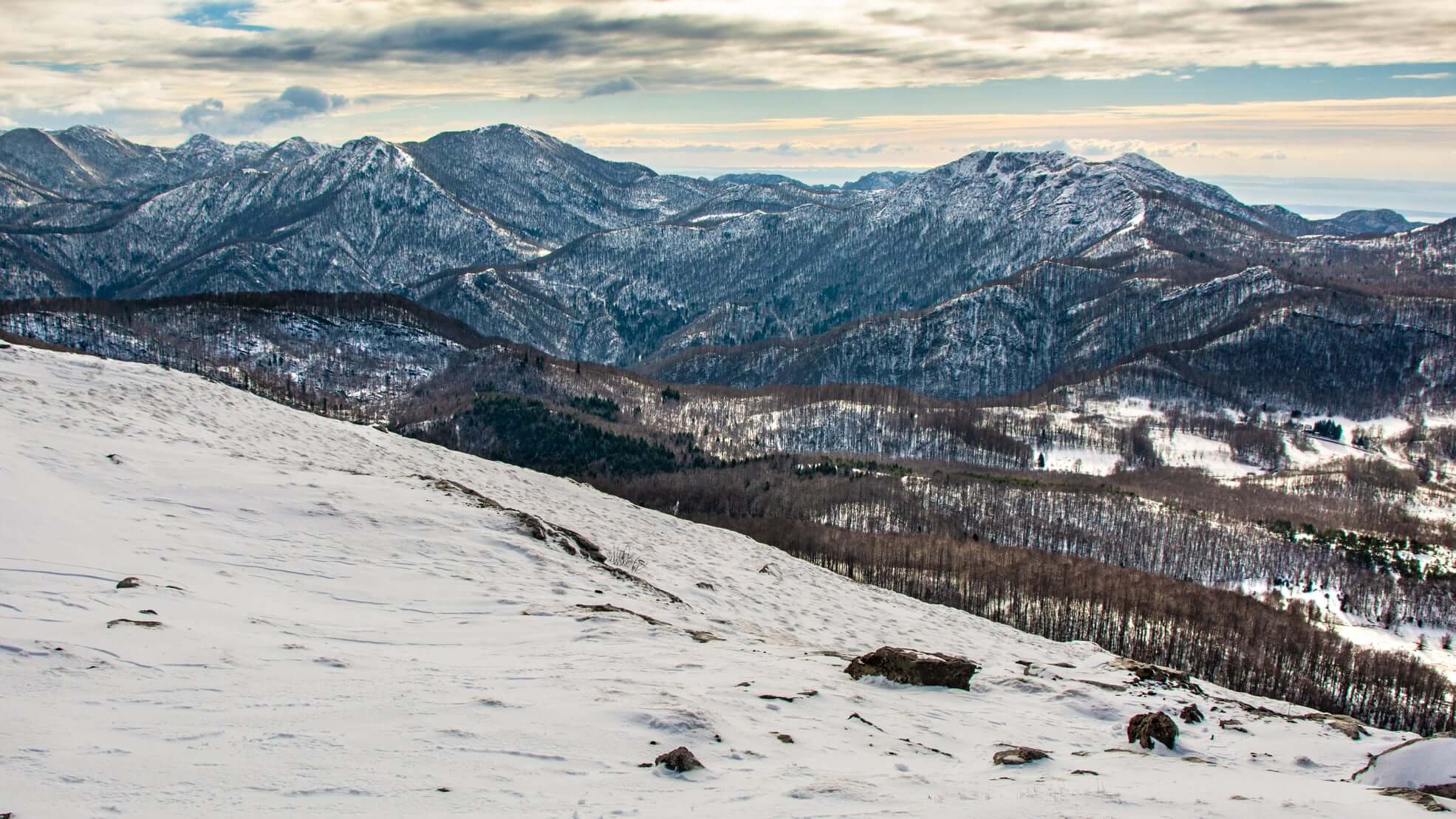 Ljubičko Brdo © Ivan Ćuća-Žentil
Ljubičko Brdo © Ivan Ćuća-Žentil
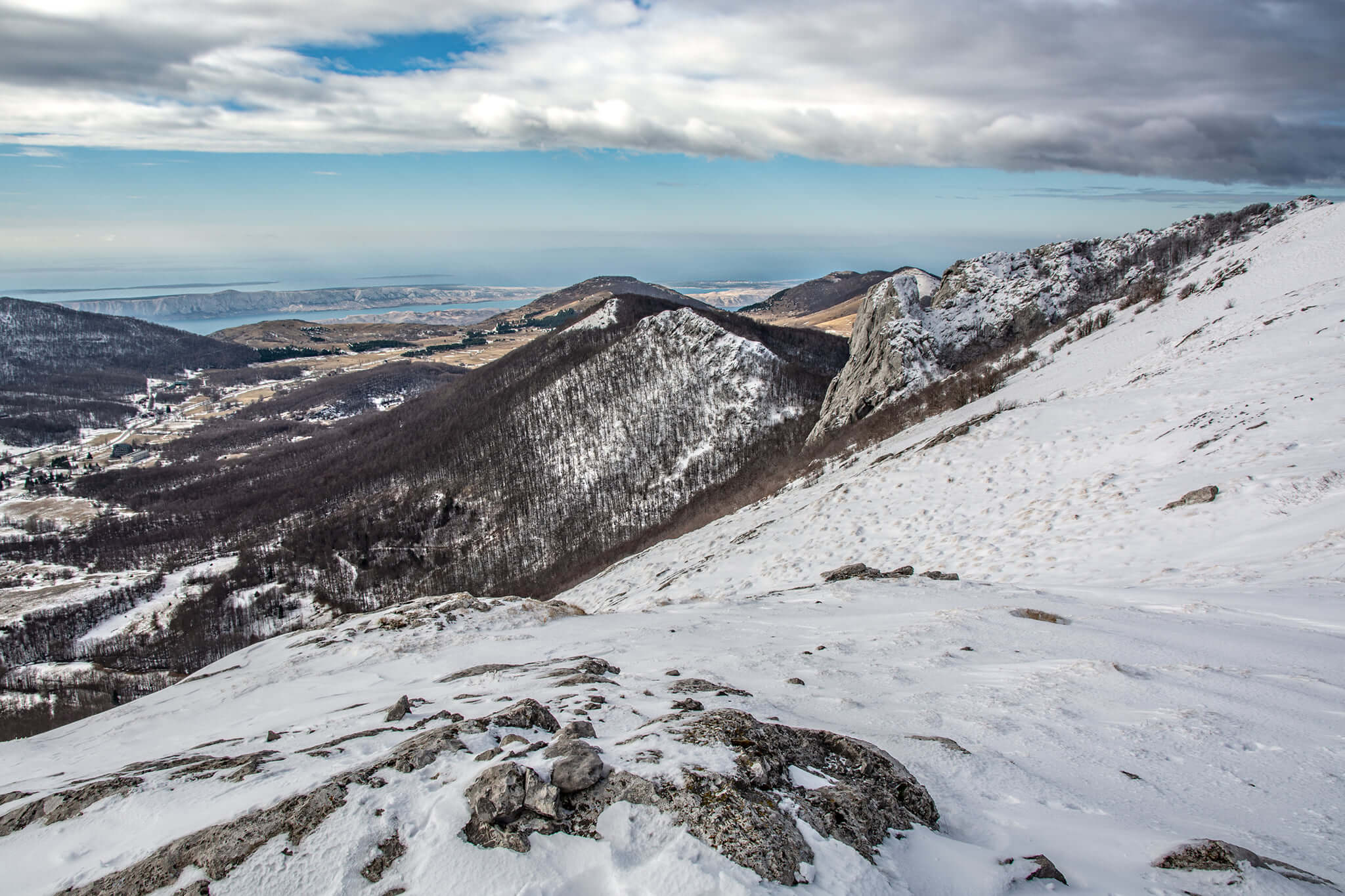 Ljubičko Brdo © Ivan Ćuća-Žentil
Ljubičko Brdo © Ivan Ćuća-Žentil
Paklenica National Park
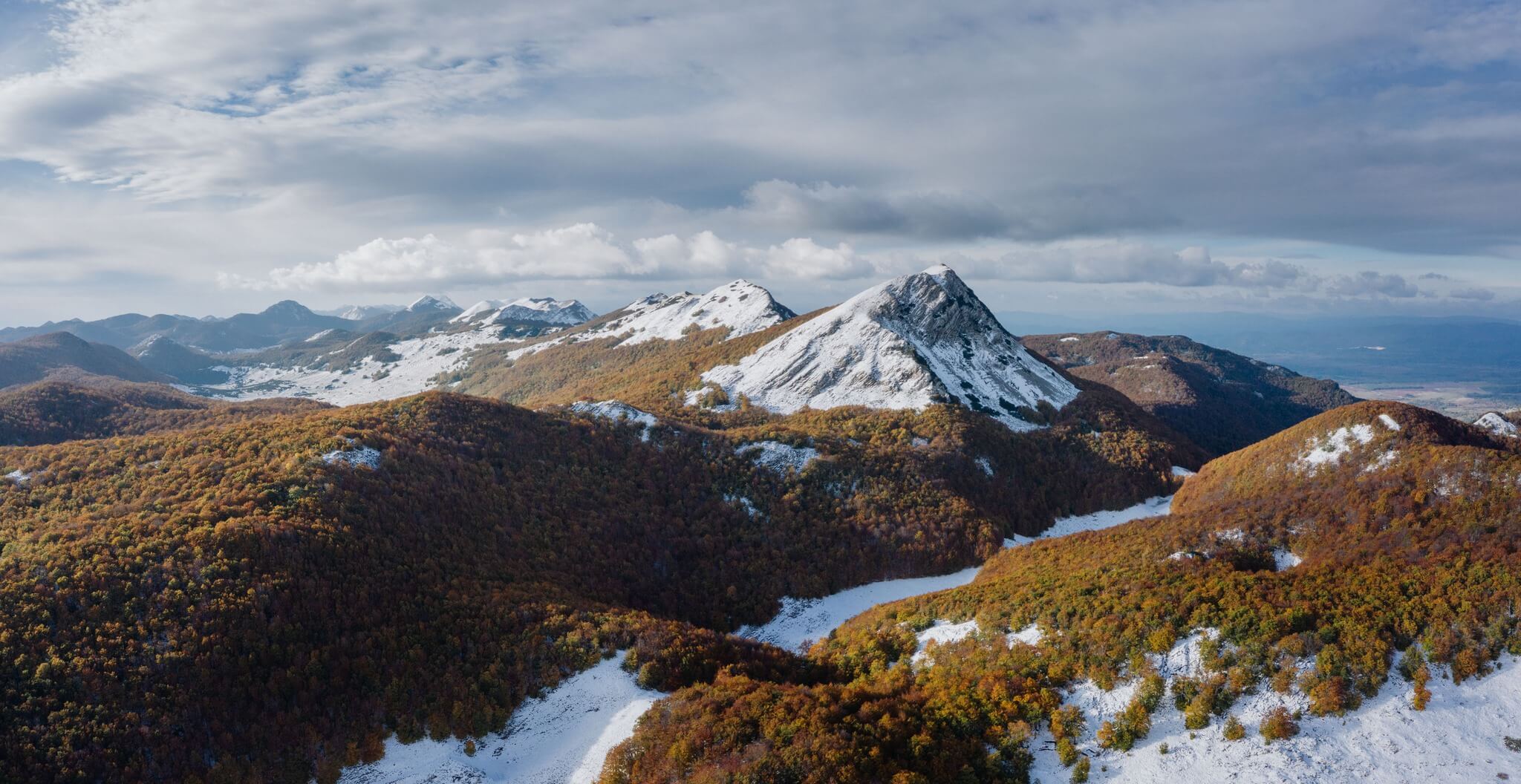 © Mario Jurina
© Mario Jurina
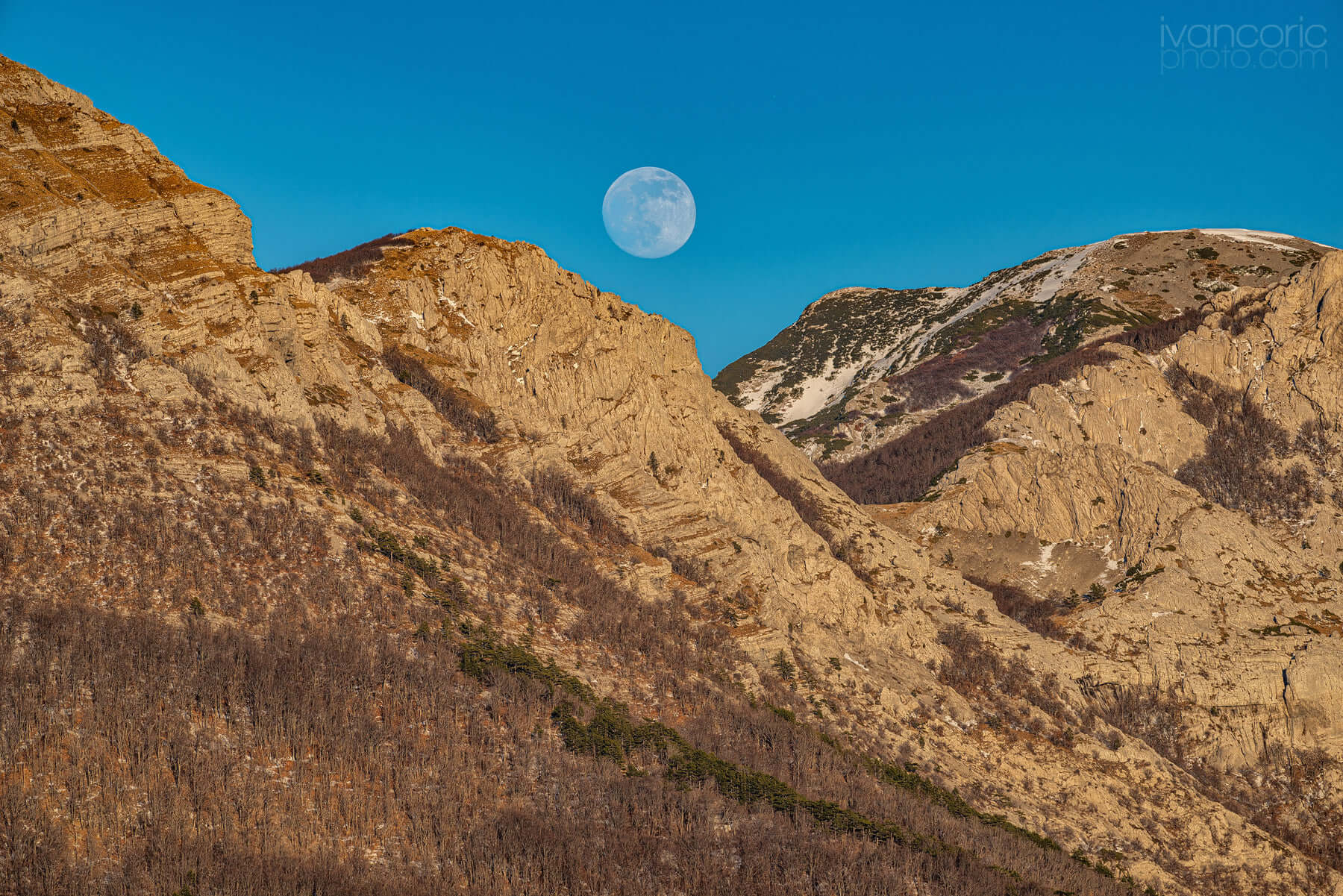 Bojinac © Ivan Coric Photography
Bojinac © Ivan Coric Photography
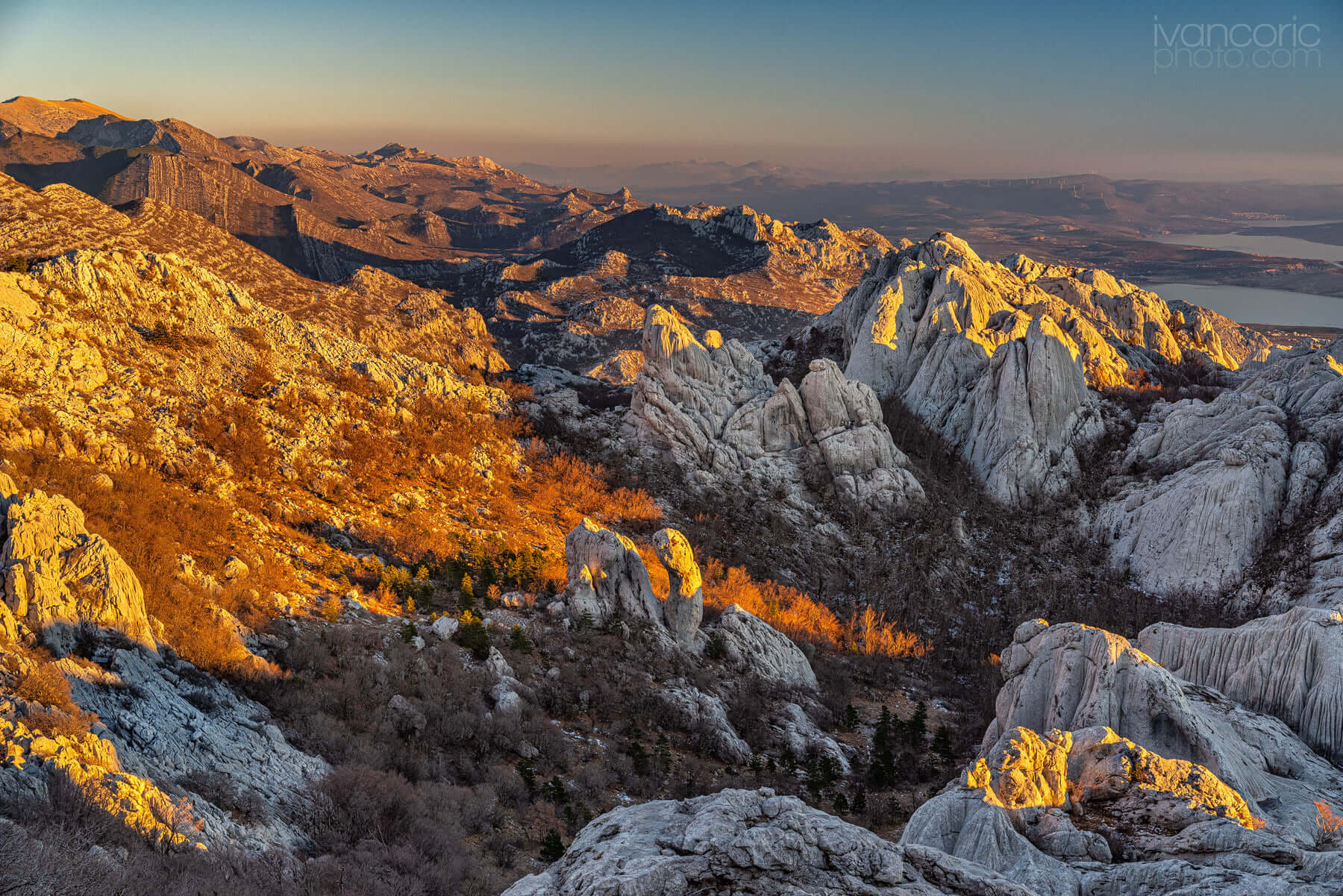 Bojinac © Ivan Coric Photography
Bojinac © Ivan Coric Photography
For more about Paklenica National Park, look here
Kloštar Podravski, Podravina and Koprivnica-Križevci County
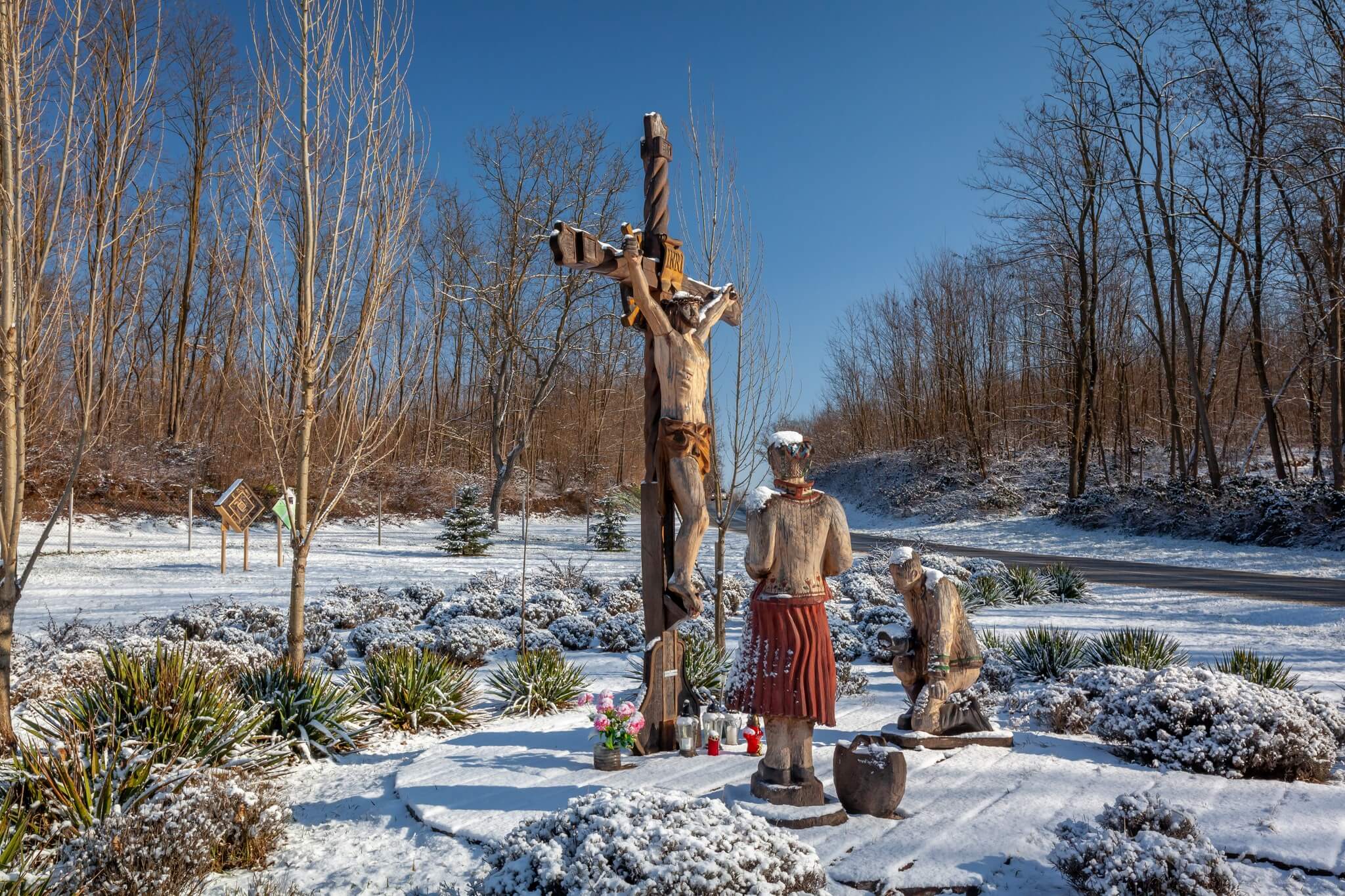 © Ivan Nemet
© Ivan Nemet
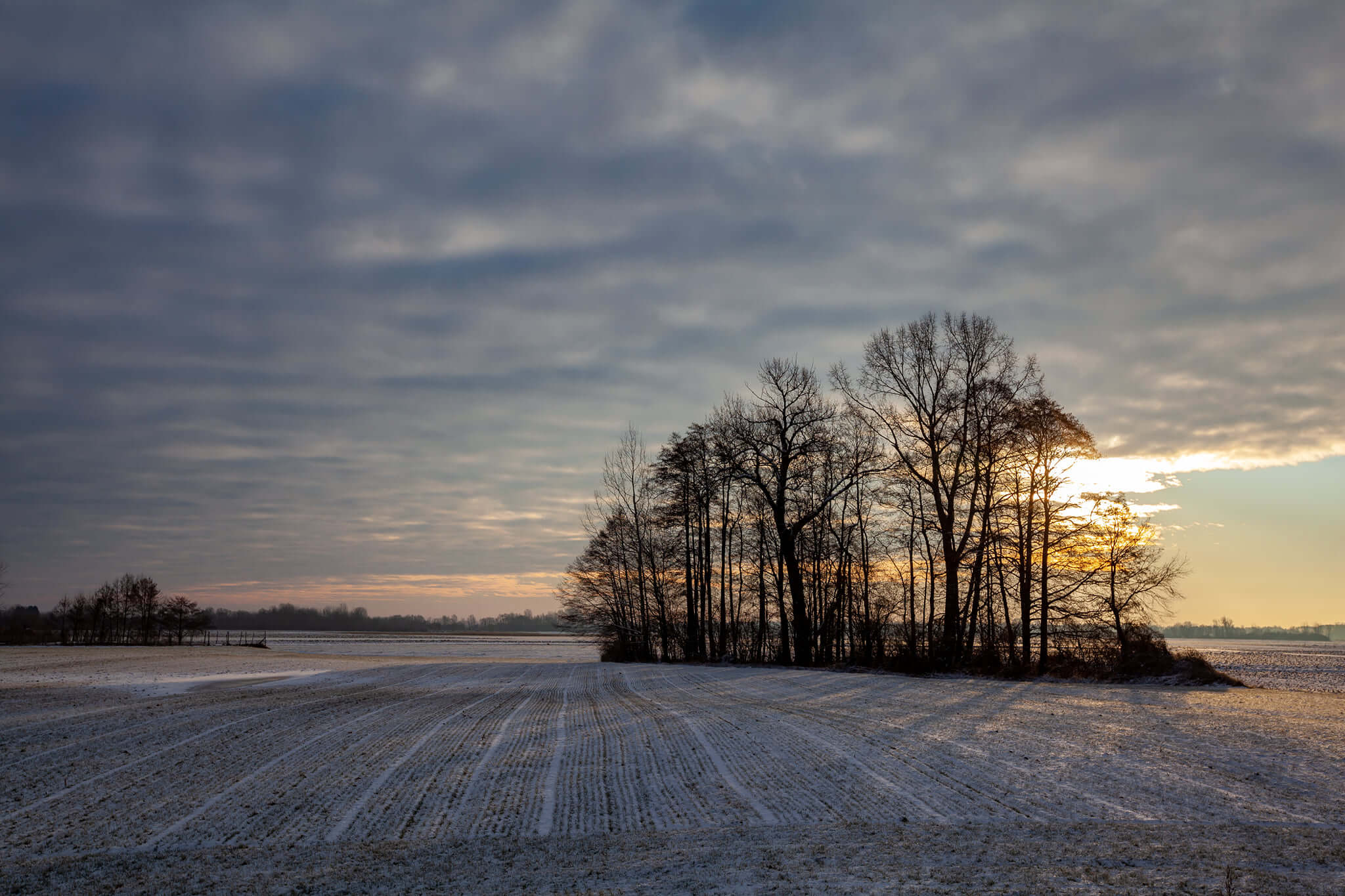 © Ivan Nemet
© Ivan Nemet
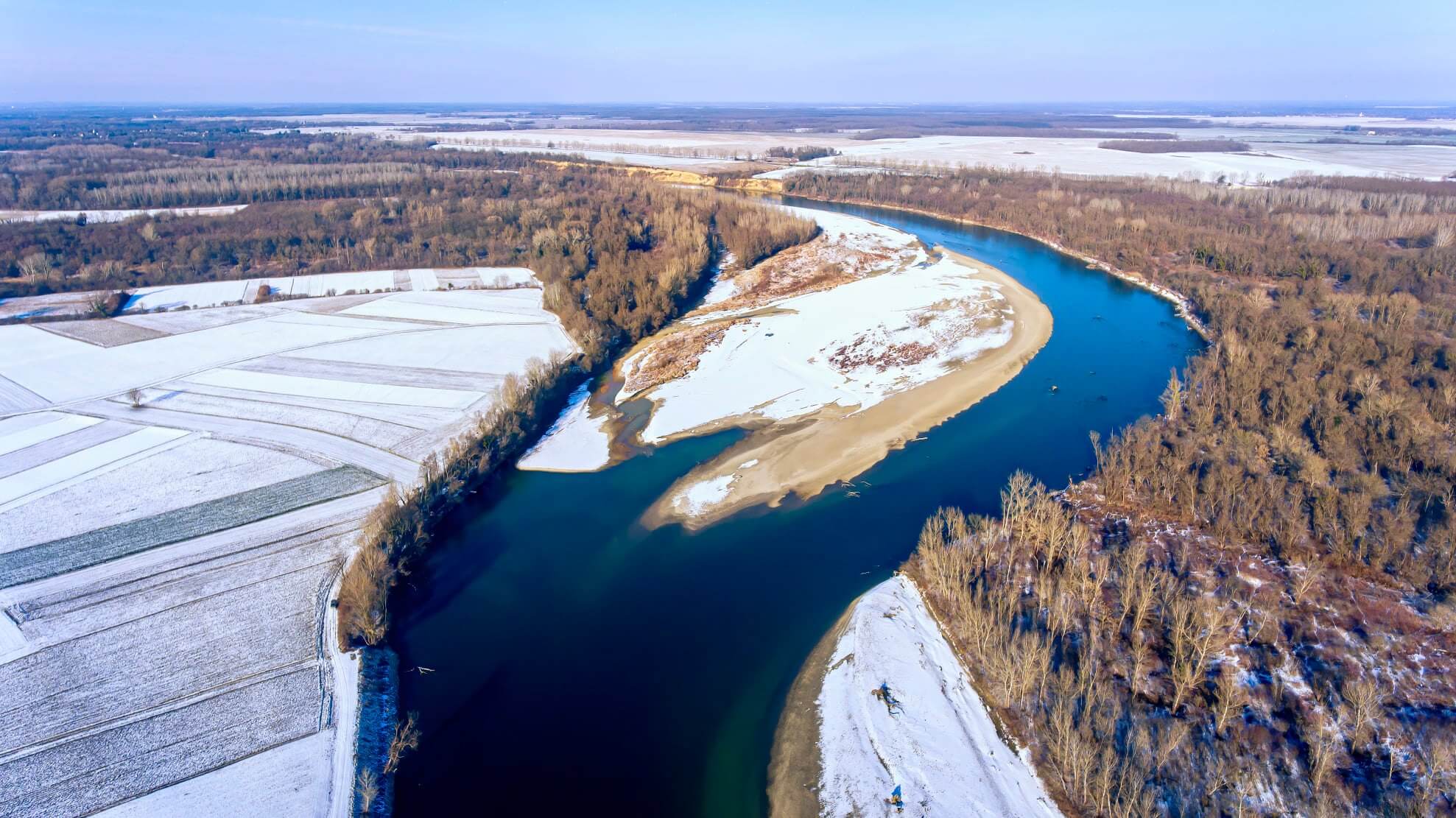 © Ivan Nemet
© Ivan Nemet
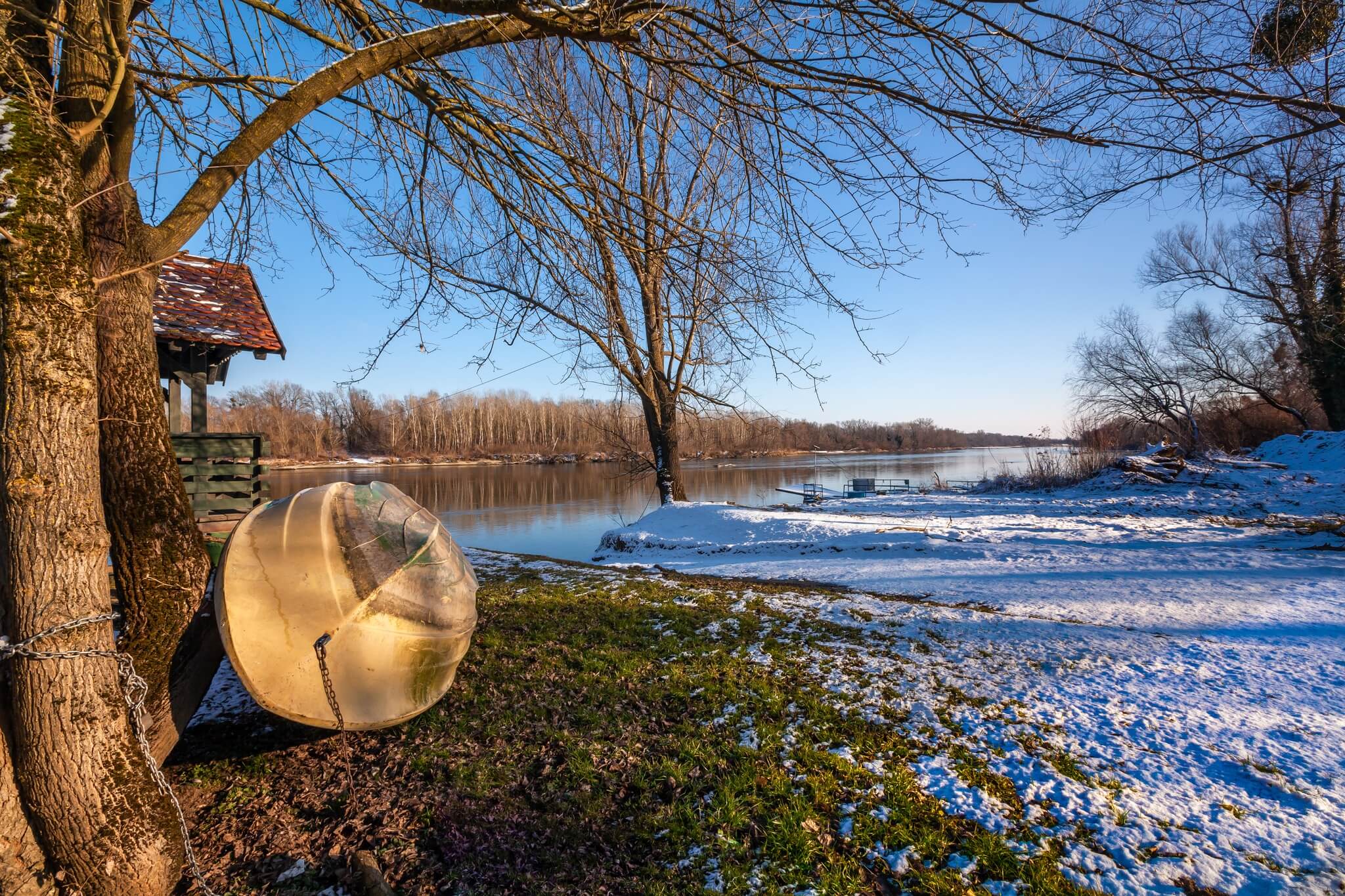 © Ivan Nemet
© Ivan Nemet
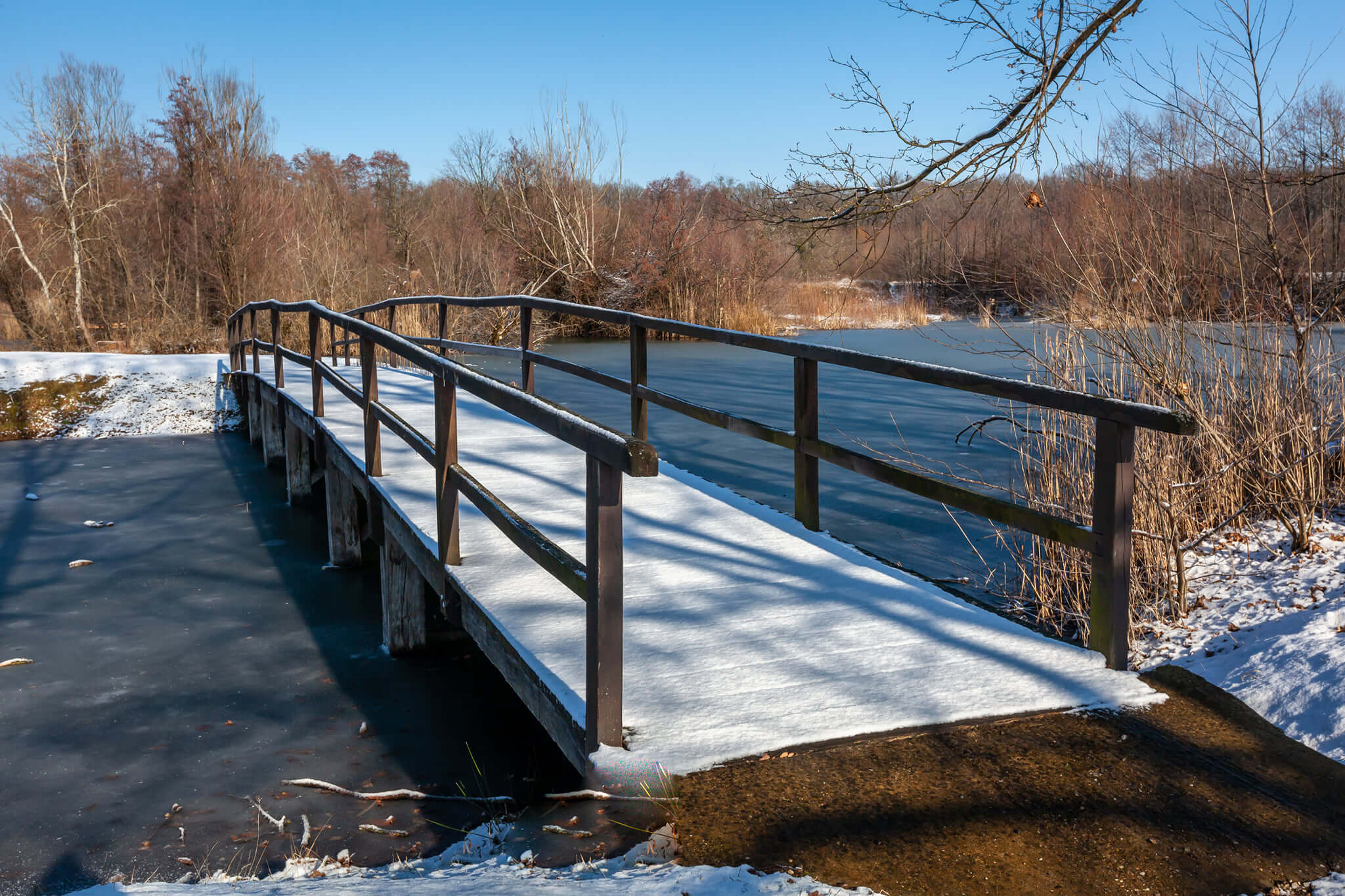 © Ivan Nemet
© Ivan Nemet
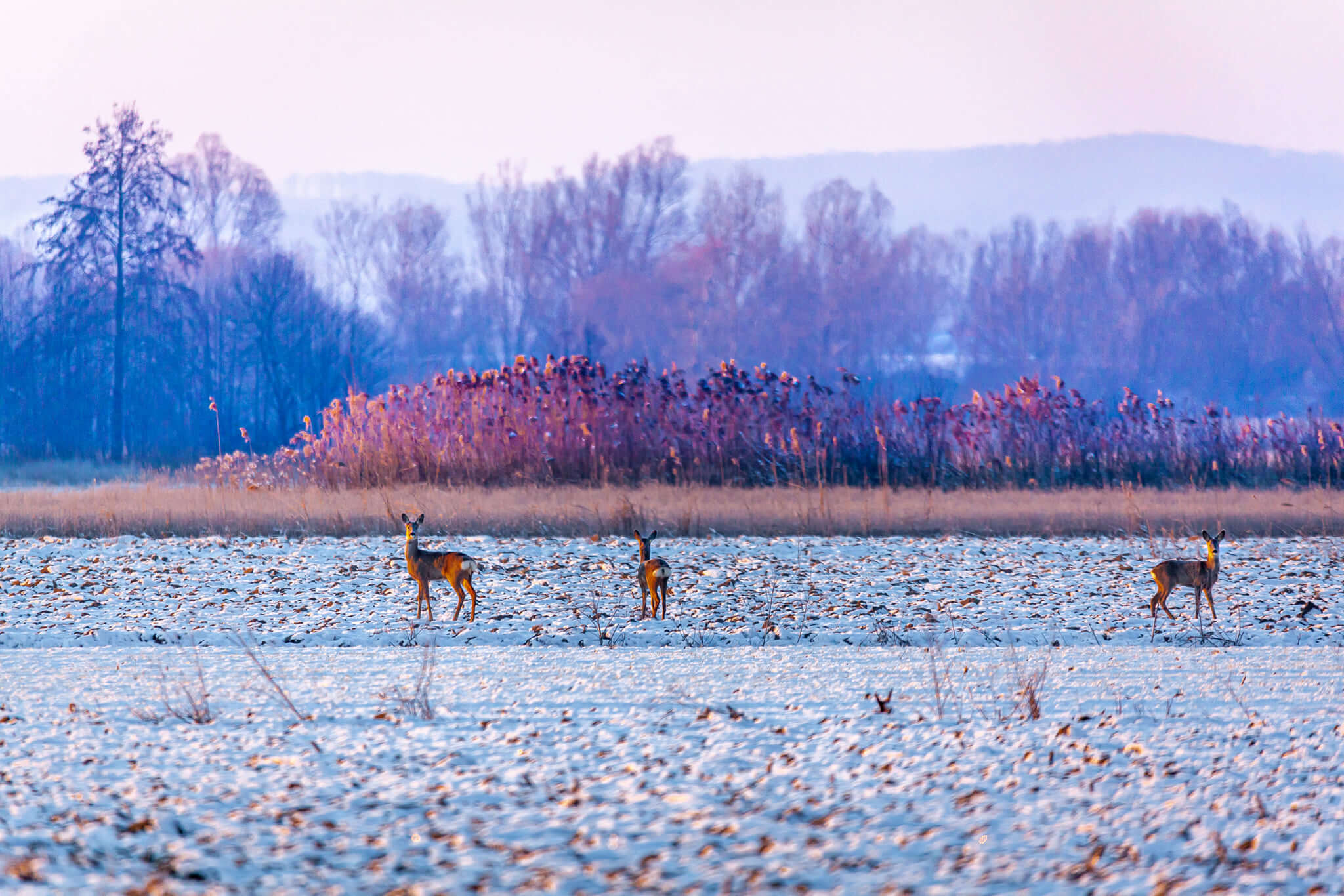 © Ivan Nemet
© Ivan Nemet
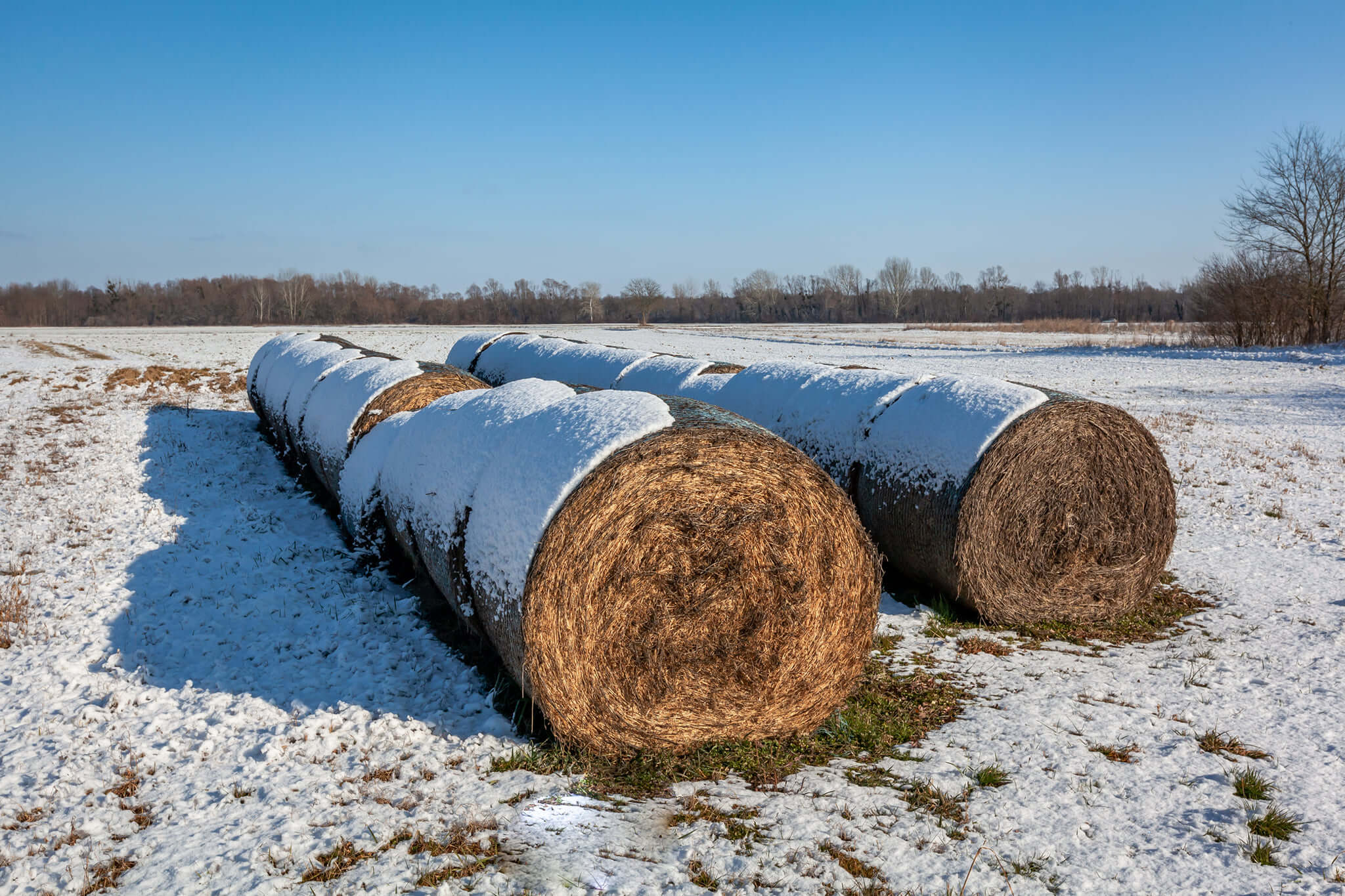 © Ivan Nemet
© Ivan Nemet
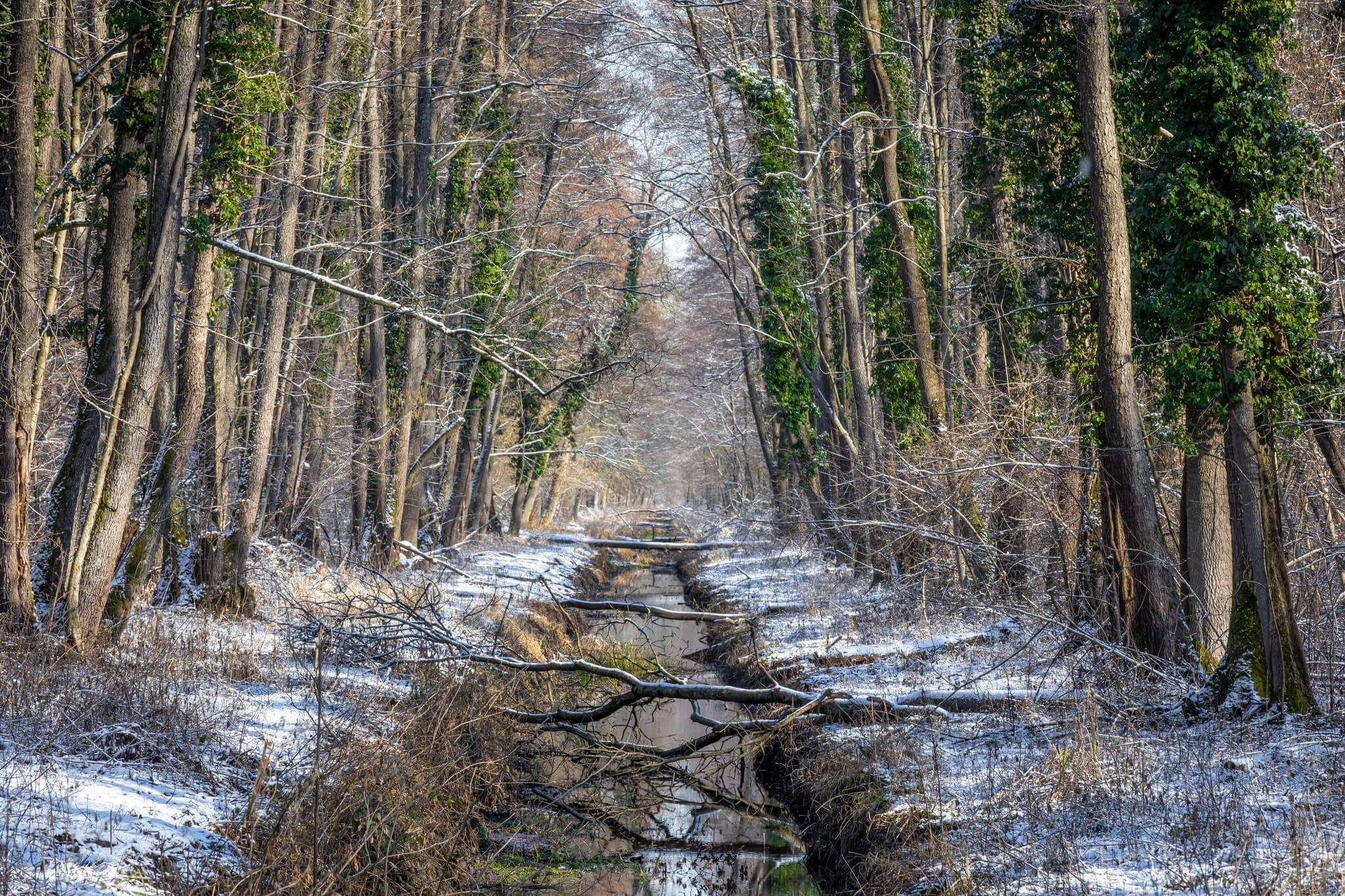 © Ivan Nemet
© Ivan Nemet
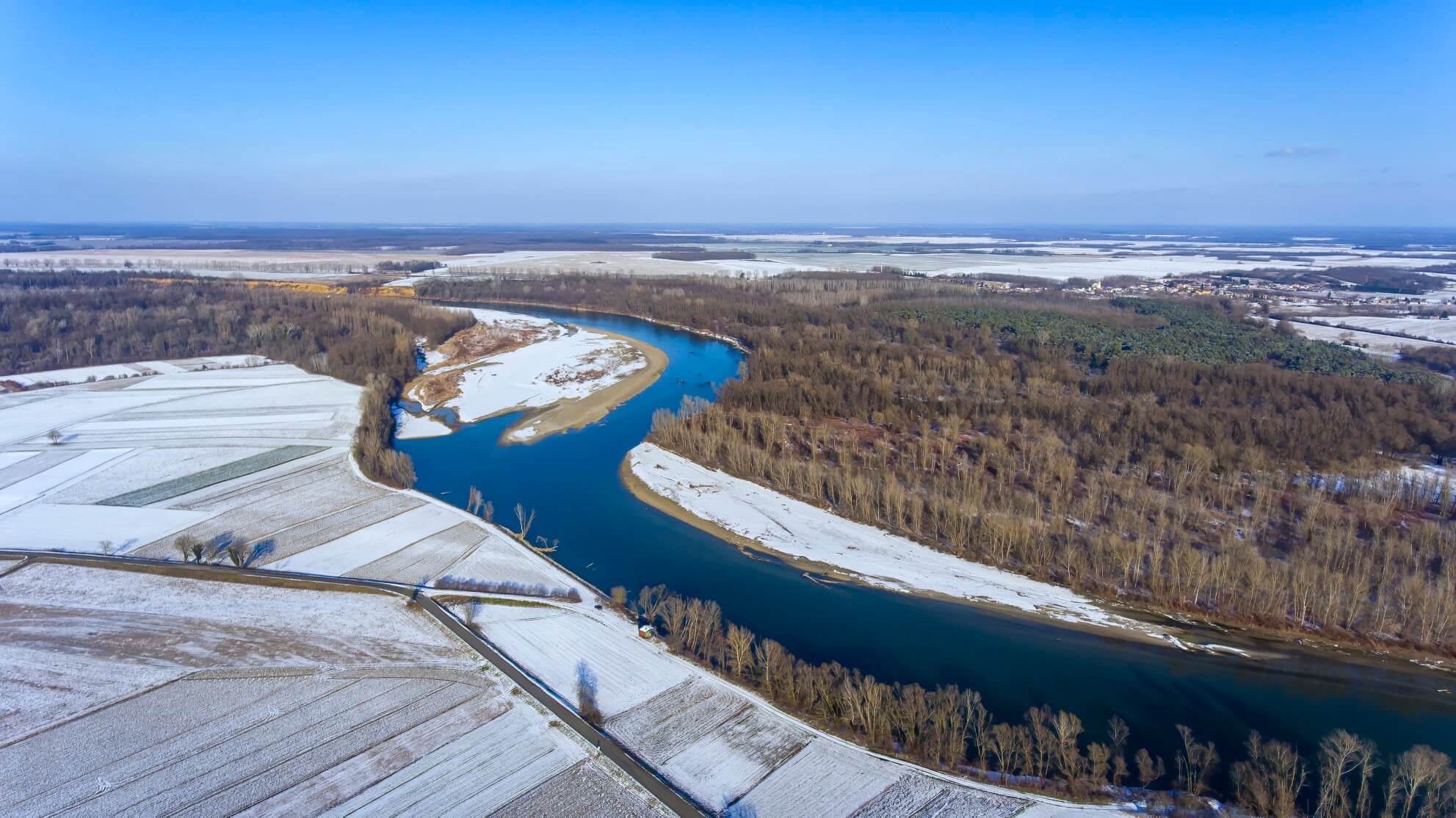 © Ivan Nemet
© Ivan Nemet
For more about the Drava river in Koprivnica-Križevci County look here. For more about the area of Podravina containing Kloštar Podravski and Đurđevac, look here
Slavonski Brod
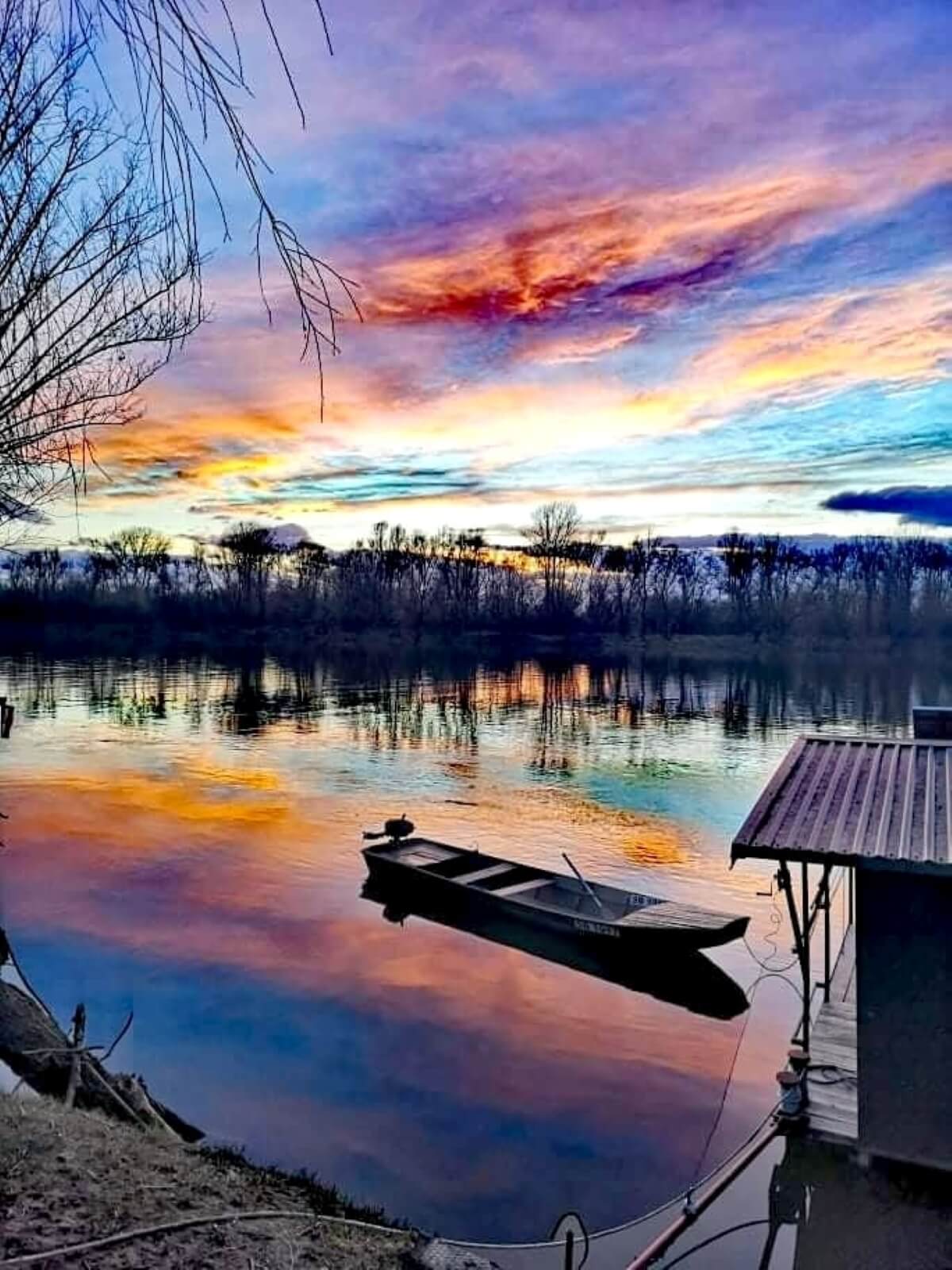 © Mirna Šikić
© Mirna Šikić
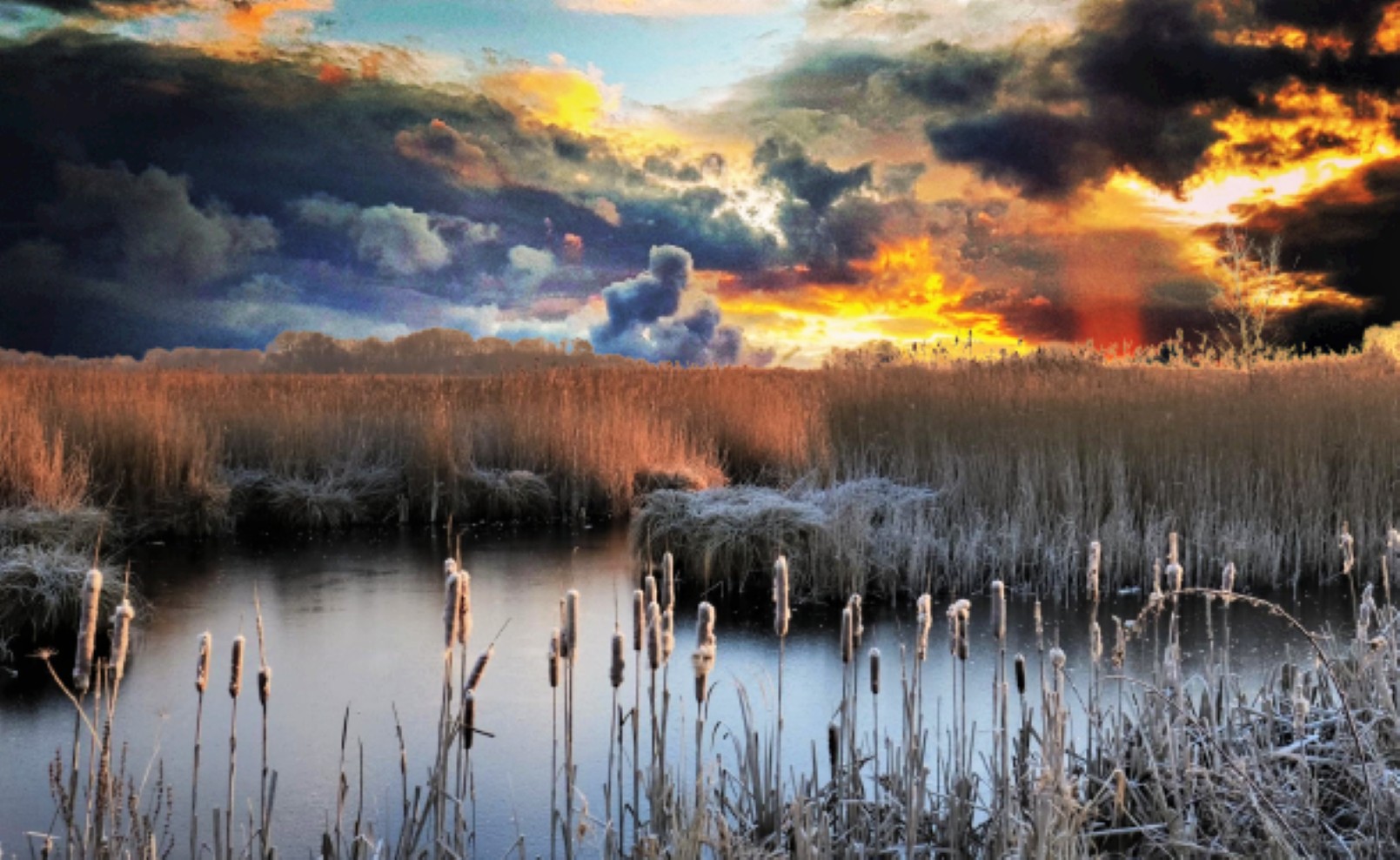 The wetlands and ponds in Oriovac near Slavonski Brod are not only home to fish - over 50 species of birds visit these waters © Antun Lukšić
The wetlands and ponds in Oriovac near Slavonski Brod are not only home to fish - over 50 species of birds visit these waters © Antun Lukšić
For more about Slavonski Brod, look here
Žumberak-Samoborsko gorje Nature Park
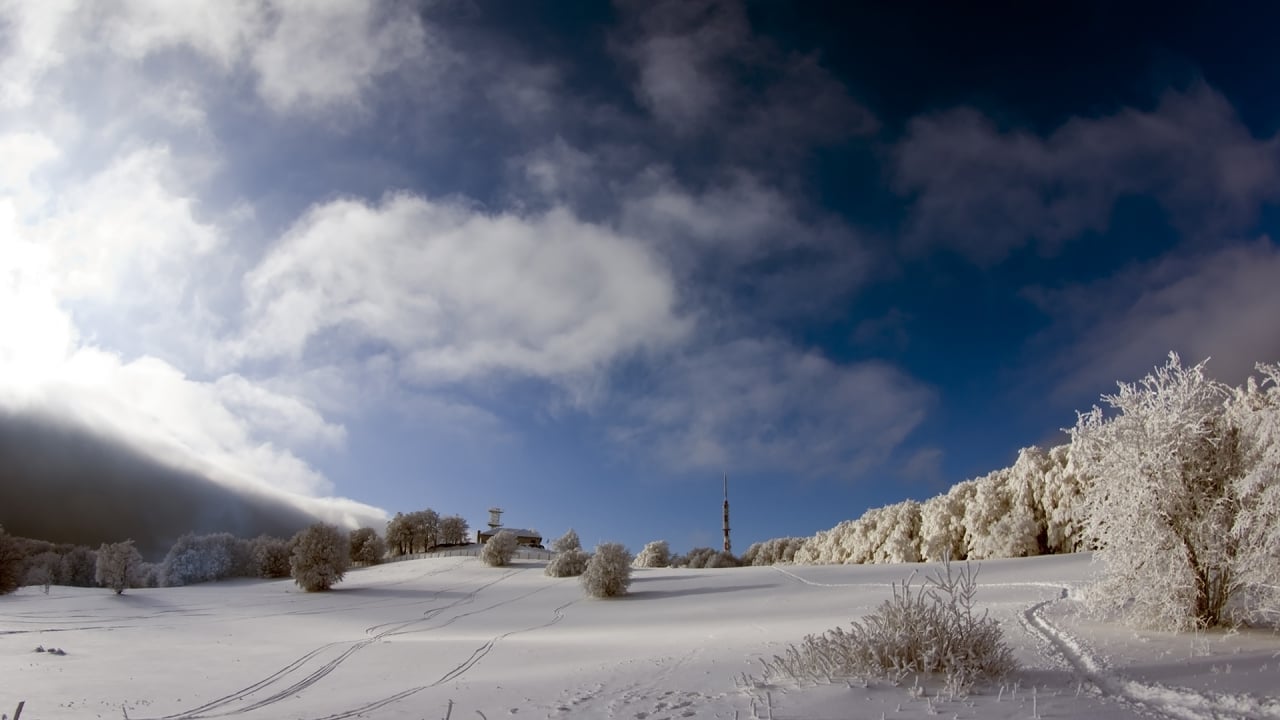 The high peak of Sveti Gera, on the western edge of Žumberak-Samoborsko gorje Nature Park © Domagoj Novosel
The high peak of Sveti Gera, on the western edge of Žumberak-Samoborsko gorje Nature Park © Domagoj Novosel
The author would like to thank each of the photographers who kindly loaned their work to him for this article
Electricity and Gas Prices Won't Go Up Until Heating Season Ends, Says Prime Minister
ZAGREB, 21 Oct 2021 - Electricity and gas prices for Croatian households and "a huge share" of businesses will not increase until the end of the heating season early in April, Prime Minister Andrej Plenković said on Thursday.
The only ones that could feel the increase are businesses that did not have long- but short-term gas supply contracts, he added.
He was speaking to the press in Brussels as he arrived at an EU summit that will discuss the surge in fuel prices, among other things.
Plenković said the government had various tools at its disposal that it would use depending on developments with energy prices.
For now, the government has limited the maximum prices of petrol and diesel. "Thereby we stabilized expectations over the next month to see how the situation with oil prices will develop and in that way cushion any blow to households."
He said that after the government's abundant help to businesses during the pandemic and now that conditions had been created for the economy to rebound strongly, he did not wish living standards to be in jeopardy.
Rule of law
The EU summit will also address the rule of law after the Polish Constitutional Court found that in some elements national law is above European law, which was roundly criticized in the EU.
Plenković said it was necessary to first hear out Polish Prime Minister Mazeusz Morawiecki, who sent a memo to all member states' leaders, explaining what the court really decided.
"It's important that the EU does not divide because in times of crisis it's good for it to be as homogeneous as possible. But, on the other hand, when we were entering the EU, we too had to change our constitution quite a lot in order to align with the European legal order. Therefore our position is that we should honor all that we agreed to when we entered the EU."
The summit will also address the COVID situation, foreign relations, migration, trade, and the digital society.
Plenković said the situation in Croatia's neighborhood would be discussed tonight as a continuation of the EU-Western Balkans summit held earlier this month.
For more about politics in Croatia, follow TCN's dedicated page.
Falling Snow Causes Treacherous Conditions on Croatian Roads
January 25, 2021 – Released images show falling snow is causing extremely difficult conditions on some Croatian roads, both motorways and state roads, with the mountainous regions of Lika and Gorski Kotar most affected
Any optimists living in Zagreb could be forgiven for thinking winter was over. Over a succession of two days last week they were basking in the relatively balmy daytime temperatures of 16 degrees. The sun shone brightly, the boots stayed indoors and lighter jackets were thrown on to visit the shops. Not everyone in Zagreb is an optimist, though. And those with an experience that is greater than their hope knew the reality of the situation; Croatia's winter can turn round at any moment to bite you in the ass.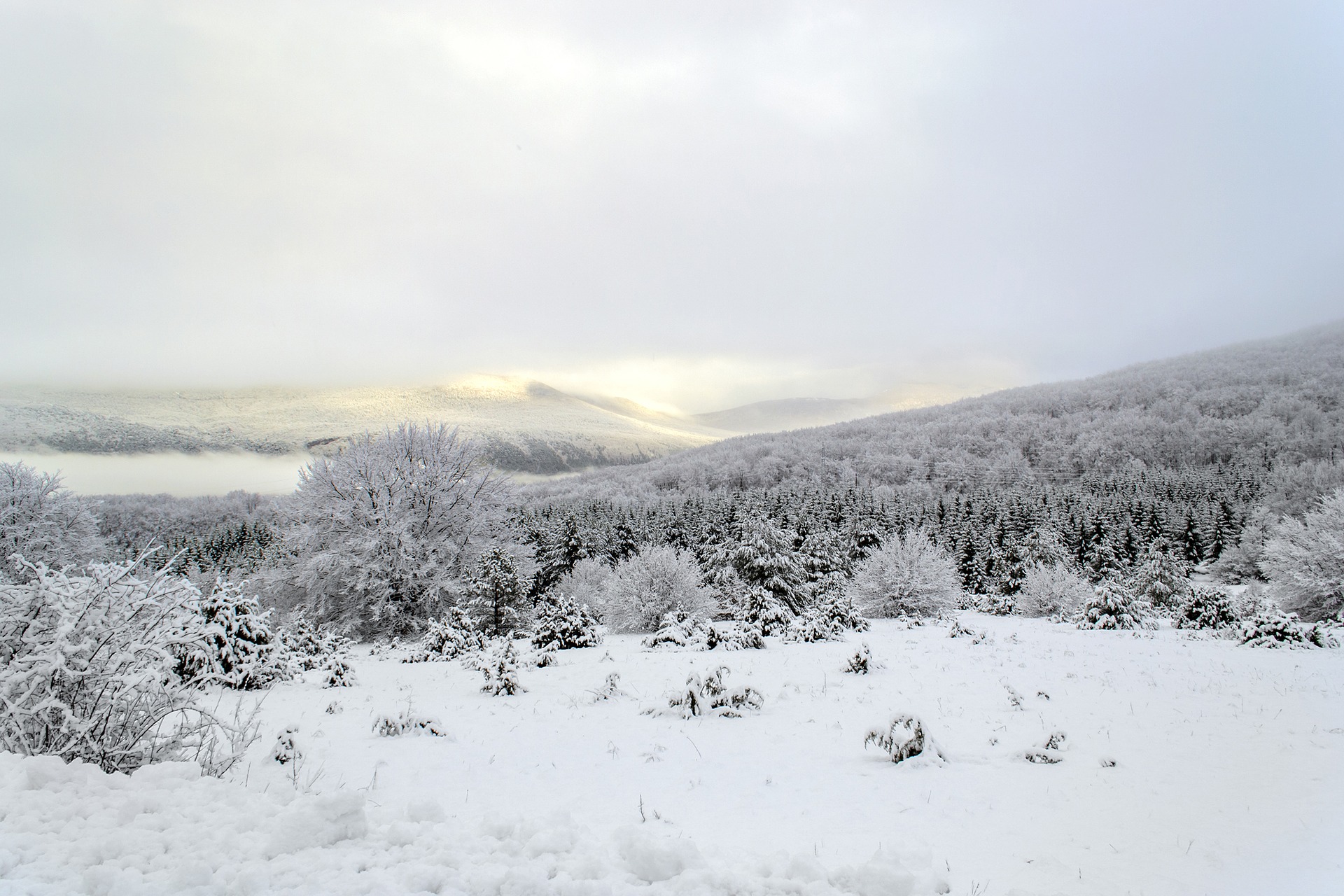 Snow covering the Lika region
Snow covering the Lika region
And that's exactly what happened this weekend, when falling snow produced treacherous driving conditions across a wide area of Croatia. On some motorways, a ban on trucks with trailers and tractors with semi-trailers is in place because of the continually falling snow. Another response to the falling snow has been to make winter vehicle equipment mandatory.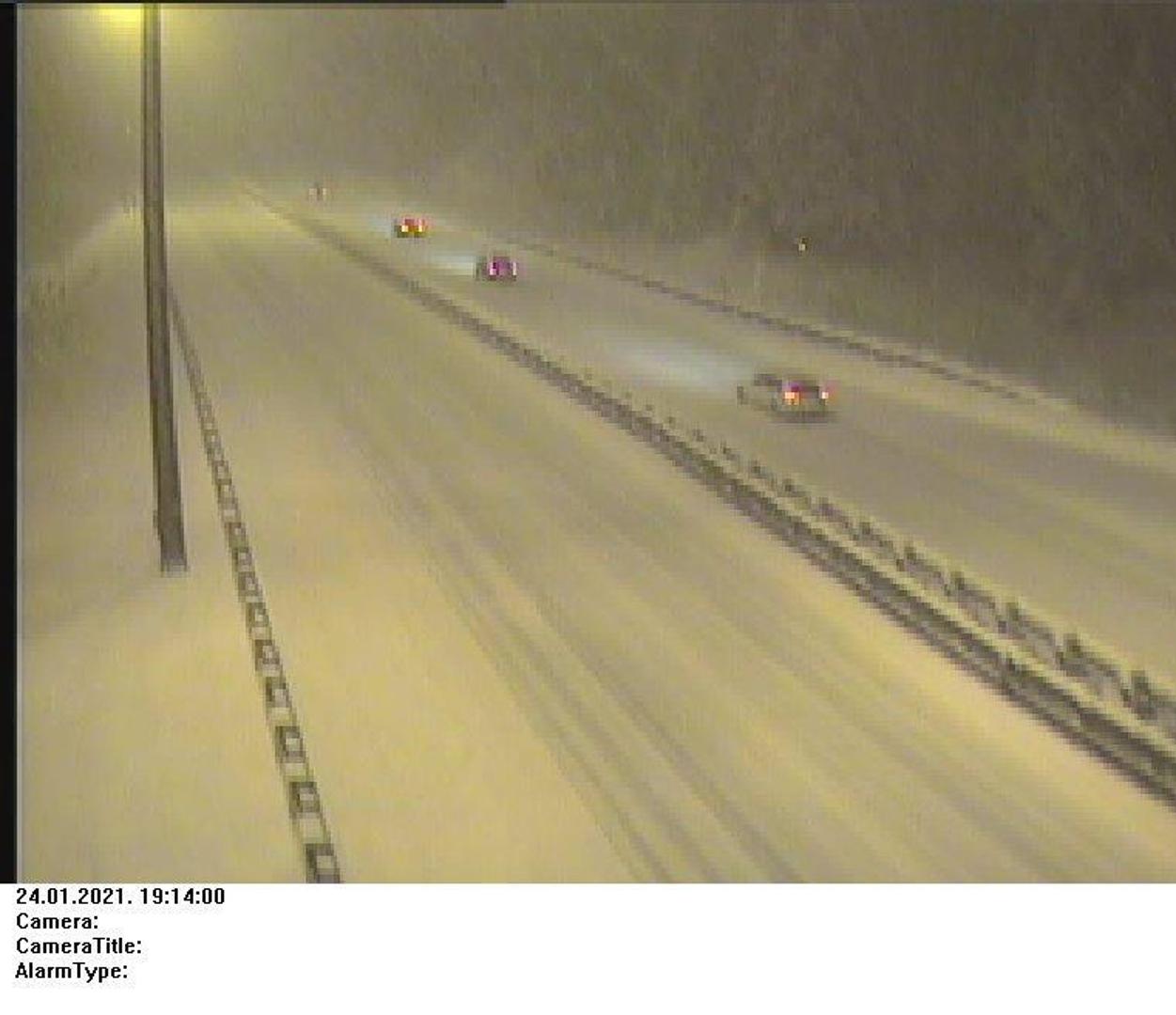 A thick layer of snow covers the road near Delnice at 19.14 on Sunday 24 January 2021 © HAK
A thick layer of snow covers the road near Delnice at 19.14 on Sunday 24 January 2021 © HAK
While the Croatian capital was experiencing its warm spell, falling snow continued to descend on more mountainous regions of the country, Lika and Gorski Kotar in particular. And it is those that remain most affected by the treacherous driving conditions. Hrvatske Autoceste (Croatian Motorways) are responding to the continuing weather conditions. But, they released pictures of one motorway section near Delnice which, even after plowing, was 30 minutes later again covered by the falling snow.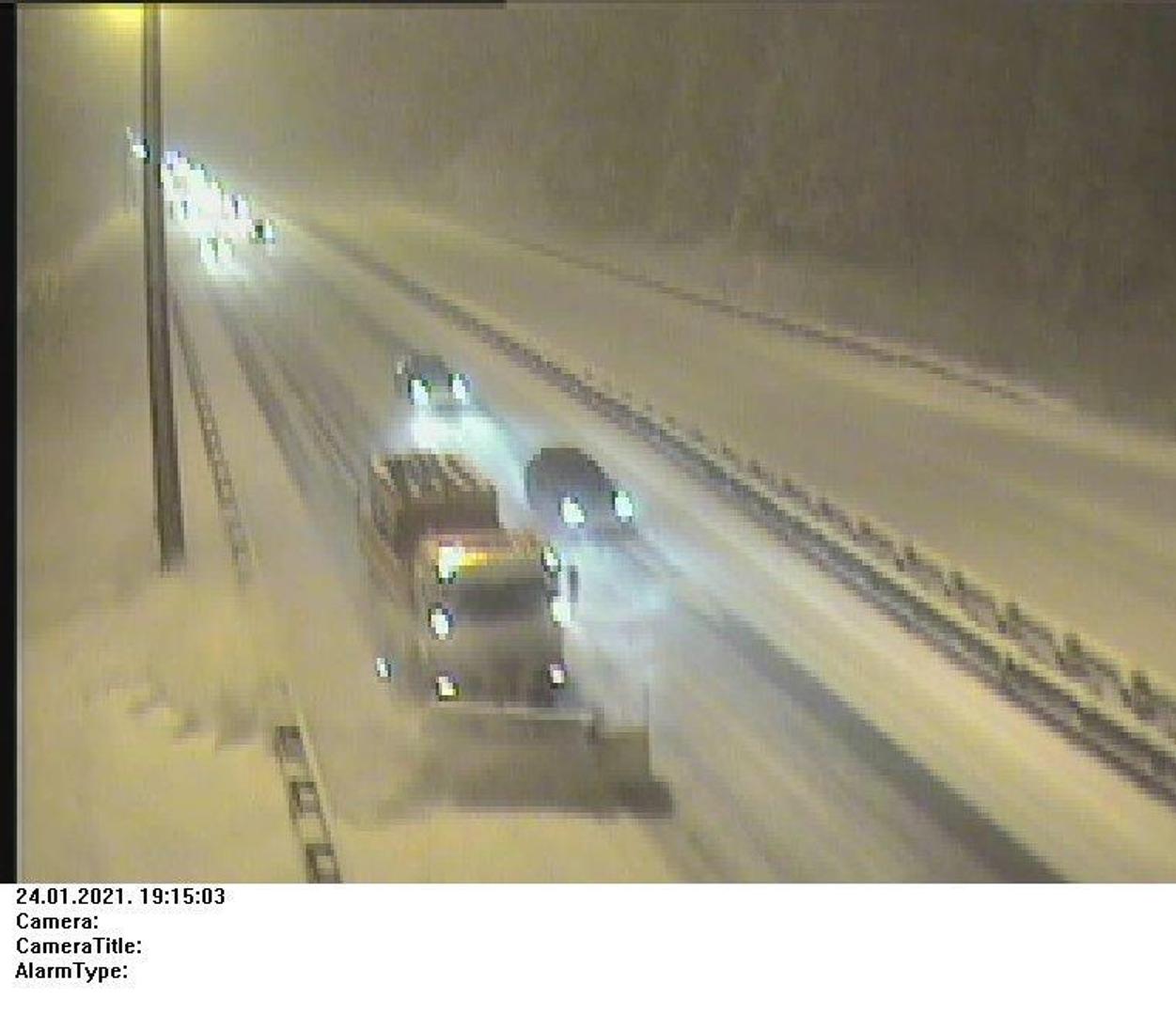 A snowplow arrives at 19.15 to clear the snow © HAK
A snowplow arrives at 19.15 to clear the snow © HAK
Thick falling snow and ice made it difficult to drive on the A6 Zagreb - Rijeka highway. The National Association of Drivers and Vehicle Owners (HAK) issued a series of warnings for the following routes: A1 Zagreb-Split-Ploče between the junctions of Bosiljevo II and Maslenica, A6 Rijeka-Zagreb between the junctions of Bosiljevo II and Kikovica, state road DC1 between Zagorje and Gračac and state road DC3 through Gorski Kotar between Zdihovo and Kikovica.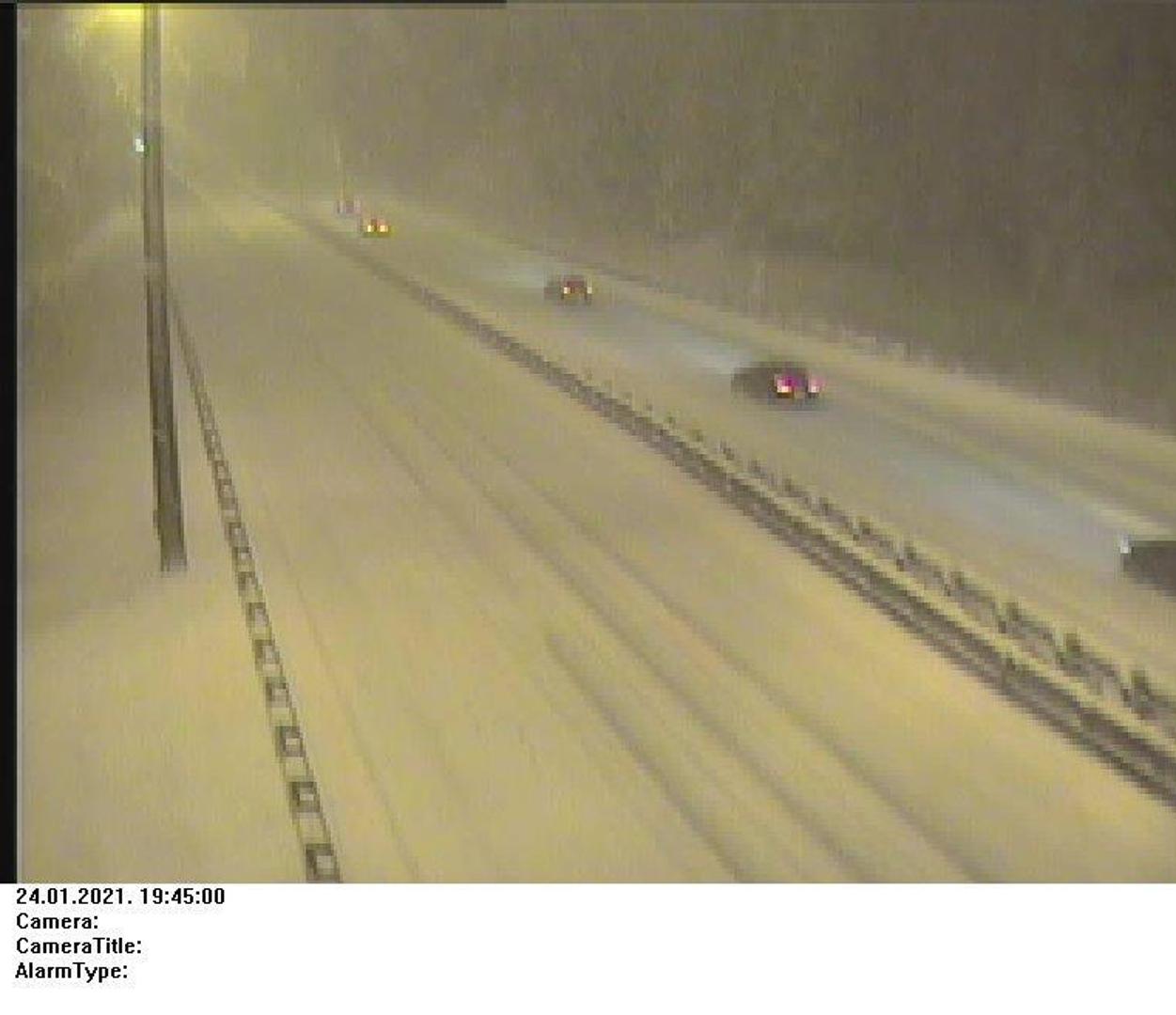 By 19.45 the road is in the same state as before the snowplow arrived, because of continually falling snow © HAK
By 19.45 the road is in the same state as before the snowplow arrived, because of continually falling snow © HAK
HAK also reported that there is currently no passable road for trucks with trailers and tractors with semi-trailers from the direction of the continental interior towards Rijeka and Istria and Dalmatia and vice versa. The colder temperatures are expected to stick around for most of the early part of the week, although the skies may be clearer in some regions. Temperatures will rise again heading towards next weekend under an increasing cloud cover, but the chilly conditions might well bounce back towards the end of next weekend. Zagreb itself could even experience more snowfall at that time.
Cold Snap Might Make A Surprise Visit to Wintertime Croatia This Month
January 12, 2021 – Following a mild December 2020, truth be told, residents of the country were rather pleased to welcome the sight of snow falling on wintertime Croatia over recent days. Many headed into the mountains, like Sljeme and Ivanscica, taking advantage of the pristine blanket of crunchy white for selfies that appeared on social media all weekend. However, the novelty of the temperature drop and its postcard-pretty backdrop may well wear off soon if some meteorologists are to be believed.
Rising temperatures recorded high in the atmosphere above the Arctic are leading some to predict a sustained and considerable cold snap affecting the northern hemisphere towards the end of January, including wintertime Croatia. The wave of icy weather is even predicted to possibly reach the considerably cold conditions of wintertime Croatia 2014, when the same set of circumstances saw the temperature in Chicago drop to a remarkable minus 27. In wintertime Croatia it dropped below minus 10.
As reported by Bloomberg, the end of January could be particularly hard hit, with the cold weather reaching North America, Europe and Asian countries. Both of the previous two wintertime Croatia seasons (2018/2019 and 2019/202) have been comparatively mild. This cold snap, if it happens, could have you reaching for your hats and scarves despite the days having now gotten noticeably longer. Heaven help the youngsters still walking around with bare ankles and summer socks if it does bite.
In Paris, the temperature is currently 3.5 degrees Celsius lower than the average for this part of the year, in Madrid, it is 6.9 degrees colder than usual, and in Beijing, this winter's temperatures dropped to a record low - minus nine was measured there on Thursday.
Numerous meteorologists say that there are no guarantees that forecasts of such cold weather conditions could come true. Others say that, if it does happen, it will be north America that will be most affected. We might just have to wait and see what the weather Gods still hold in store for wintertime Croatia 2020/2021.
Silba's Third ''Christmas Magic'' Event Opens Festive Doors
The rather far flung northern Dalmatian island Silba might not strike you as a particularly sought-after destination for the festive season, but you might be surprised...
As Kora Dilic/Morski writes on the 29th of December, 2018, this year, the already traditional and entirely unique island advent event has kicked off on the beautiful island of Silba. This year it will be held from the 29th of December, 2018 to the 2nd of January 2019.
This is the third year in a row that the picturesque island in the Zadar archipelago has put on a show for locals and visitors alike following preparations for advent oriented entertainment concerts, as well as a multitude of interesting content that relies on Silba's cultural heritage and quirky specifics of this small but dear Dalmatian island.
Silba is not just an island of music and the arts, it is also very much an island with a huge religious and spiritual heritage, with a rich tradition here. Owing to that, this little, usually overlooked island boasts seven churches.
''As of this year, we've organised the event all together, islanders and volunteers have come from the surrounding islands, and also from Zadar County. We have prepared content that only Silba can offer and we expect the arrival of our people from the diaspora and tourists from Germany, Austria, Switzerland and other European countries,'' said Kristian Lopac who, together with the volunteers, had his hands well and truly full of work on the island when preparing for the formal opening ceremony which took place on Saturday, December the 29th.
On Sunday, December the 30th, Silba will play host to Zoran Jelenković's live concert, and on Monday, December the 31st, a spectacular island New Year's Eve will take place, with a helping hand with traditional music performed by klapa Leut.
Make sure to stay up to date with everything going on up and down the country, from continental Croatia to the coast, and from the coast to the furthest flung Croatian islands by following our dedicated lifestyle page.
Click here for the original article by Kora Dilic for Morski.hr
Hrvatska Božićna Priča - A Croatian Christmas Story
Advent on Pag: Former Salt Warehouse Transforms into Ice Rink
Pag, as a popular summer island destination, might not strike you as a place to go in winter at all. Despite that, the Advent on Pag festivities have transformed the island from summer getaway to winter wonderland.
As Morski writes on the 10th of December, 2018, the very first artificial ice rink ever to be built on the island has been constructed, and to add to the authenticity of Pag and its history, it has been placed in one of the island's former salt warehouses.
''This is the central part of Advent on Pag, a gift for the children and for young people, as well as for those who like to skate. Our advent is certainly among the best in the county, and further beyond that,'' stated Pag's mayor Ante Fabijanić at the opening of the island's brand new ice skating rink.
As mentioned Advent on Pag's ice skating rink has been placed in one of the island's former salt warehouses, according to a report from eZadar. Adveng cottages have also been set up alongside the ice skating rink with a variety of things on offer, including festive food, sweets and desserts, and drinks, with the whole area richly decorated and adorned with the spirit of the festive season. Ice skating will be available to all in the former warehouse as part of the Advent on Pag celebrations until the 13th of January, 2019, every day from 16:00 to 22:00.
Within the scope of this year's Advent on Pag, there will be various programs, including the Santa's grotto, numerous concerts, a puppet theatre for kids, kindergarten and school performances, lectures and workshops, and a special Christmas reception with Pag's citizens which will take place under the organisation of the Town of Pag's administration this year, in cooperation with several Pag-based companies.
Make sure to follow our travel and lifestyle pages for much more on advent celebrations up and down the country, and much more.
Advent in Zagreb: Free Public Transport at Weekends
December the 5th, 2018 - Advent in Zagreb is well and truly bringing the Croatian capital into the joyous atmosphere of the festive season, and the three time winner of the best advent destination in Europe is offering what it usually does at this time of year, once again - free public transport use at weekends.
As studentski.hr writes, the City of Zagreb has provided Zagreb's residents and tourists alike with the free use of the city's public transport every weekend for the duration of Advent in Zagreb, which will last until January the 6th, 2019.
Zagreb's long standing mayor Milan Bandić confirmed for a previous HRT radio show that the capital's trams and buses operating in zone 1 will not charge for their services on weekends during the period of the current advent festivities in the Croatian capital. The move comes as no surprise and has been the norm during advent.
Nevertheless, a small change is that one of Zagreb's most popular attractions, the Zagreb funicular (Uspinjača), which will be transporting passengers to midnight, has to be paid for as normal for the entire duration of Advent in Zagreb, which has otherwise not been the case over the past few years.
To be more specific, Zagreb's public transport will be free during the period from Friday at 12:00 (midday) to Sunday at midnight. It should be noted that during this period, traffic will be prohibited in certain otherwise busy areas, those areas are Nikola Šubić Zrinski Square (Zrinjevac), Strossmayer Square, and King Tomislav Square, where only public transport vehicles may be used during the aforementioned periods.
Make sure to stay up to date with our dedicated travel and lifestyle pages for further information like this, and much more. If it's just the capital you're interested in, give Total Zagreb a follow.
Click here for the original article by Anton Smrekar for studentski.hr
Advent in Knin: Dalmatian Hinterland Gets into Festive Spirit
Fancy spending part of the festive season in a rather unusual location? It isn't Split, Dubrovnik, Zadar or Zagreb, but Knin, one of Croatia's most historically important cities, located in the rugged hills of the Dalmatian hinterland. Advent in Knin is, just like other locations across the country, looking like it's definitely worth a visit.
While Croatia is continuing to struggle with the self-limiting chains summer tourism places on the country, winter tourism has been helped hugely by Zagreb's advent success over the past three years. The Croatian capital has come on leaps and bounds, going from all but overlooked tourism wise, to being voted Europes best Advent destination for three years running. A title the city wants to win again this year.
The capital's continued success has rubbed off on other towns and cities up and down the country, with Dubrovnik's winter festival drawing more and more visitors each year, Split putting on an equally impressive show, and locations like Zadar, Rab and Pag following suit. It's not enough to say that Croatia desperately needs to try harder to free itself from the clutches of the three to four month long ''sea and sunshine'' destination box, but the chains are beginning to loosen with each passing year, and thanks to Zagreb's popularity at this time of year, other more overlooked Croatian cities are beginning to find their place.
As SibenikIN writes on the 28th of November, 2018, Advent in Knin is set to kick off very soon. The ice skating rink in front of the Franjo Tudjman school will be officially opened this coming Sunday at 17:00, and Knin's city administration, as well as the organisers of Advent in Knin have invited all those interested to be there.
In addition to the official opening the ice skating rink, the Christmas lights placed across the city will be turned on, and all the events for Advent in Knin 2018 are set to begin on Sunday, according to Huknet.
The ice rink will remain open until January the 2nd, 2019, and on Sunday a festive cottage serving drinks and food located next to the ice rink will begin its work. Advent in Knin will see to it that ice skating, as well as all of the required equipment for skating will be free for everyone.
The remaining five festive cottages partaking in this year's Advent in Knin festivities will be located in the park below the school playground and they will open considerably later, on December the 21st, when numerous cultural events are set to begin in the same location, also as part of Advent Knin's event programme for 2018.
Make sure to follow our dedicated travel and lifestyle pages for more news on the numerous advent programmes for various locations across the country.


